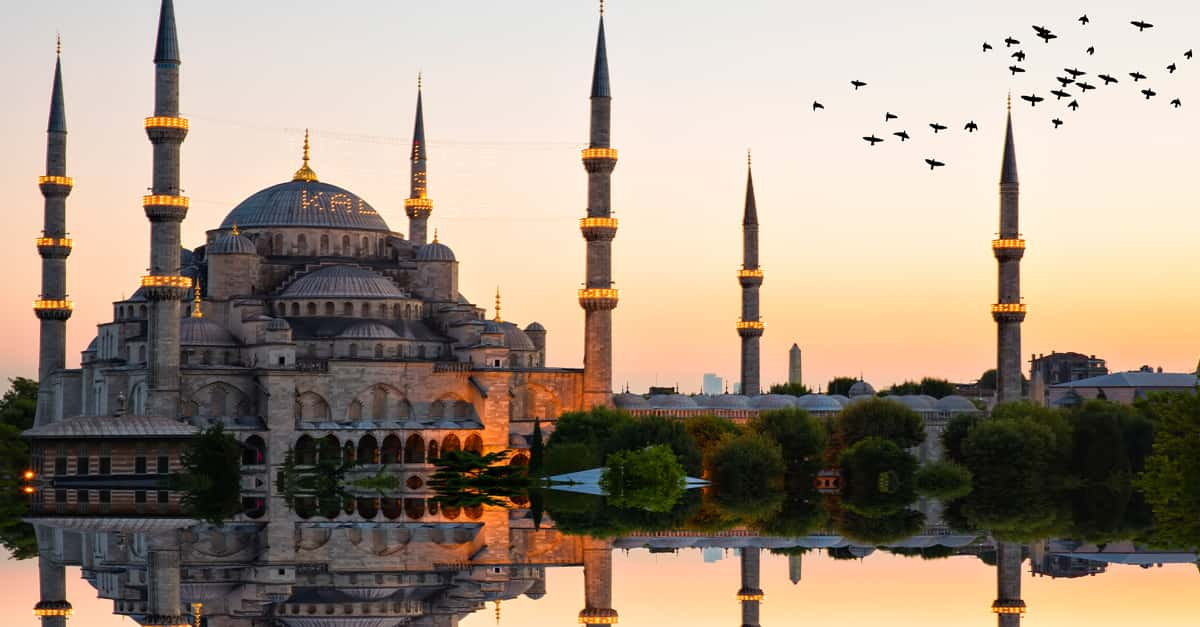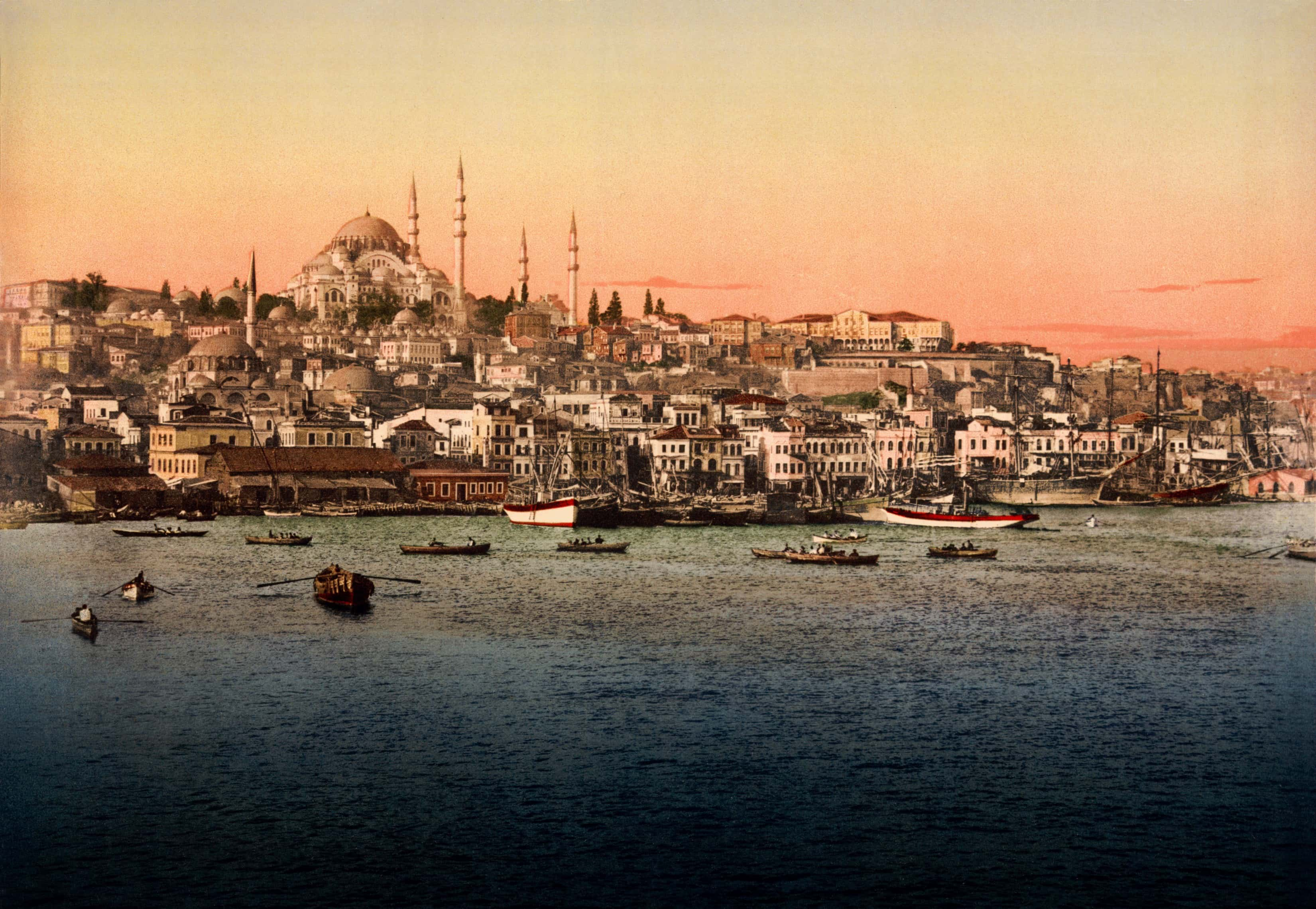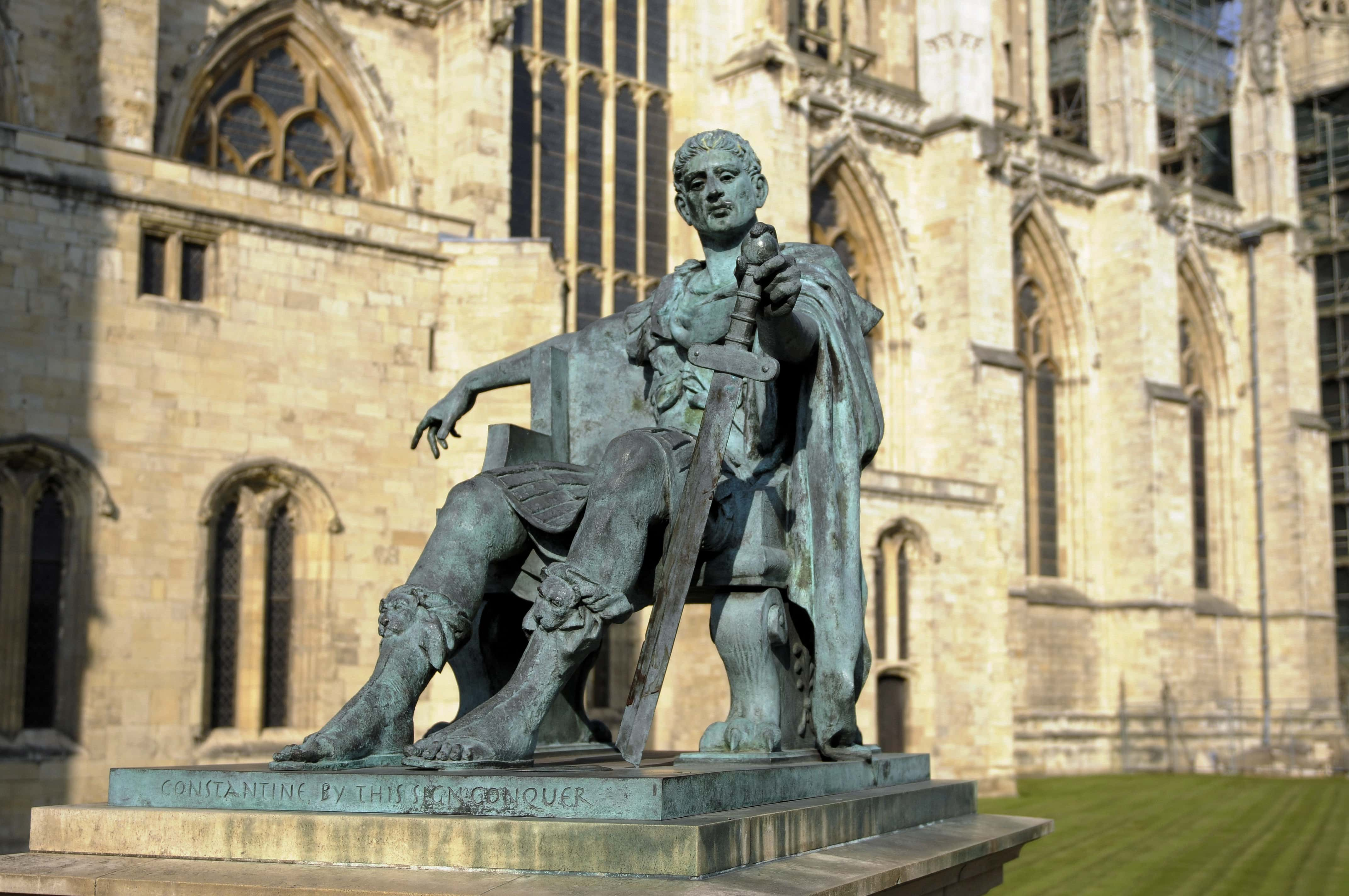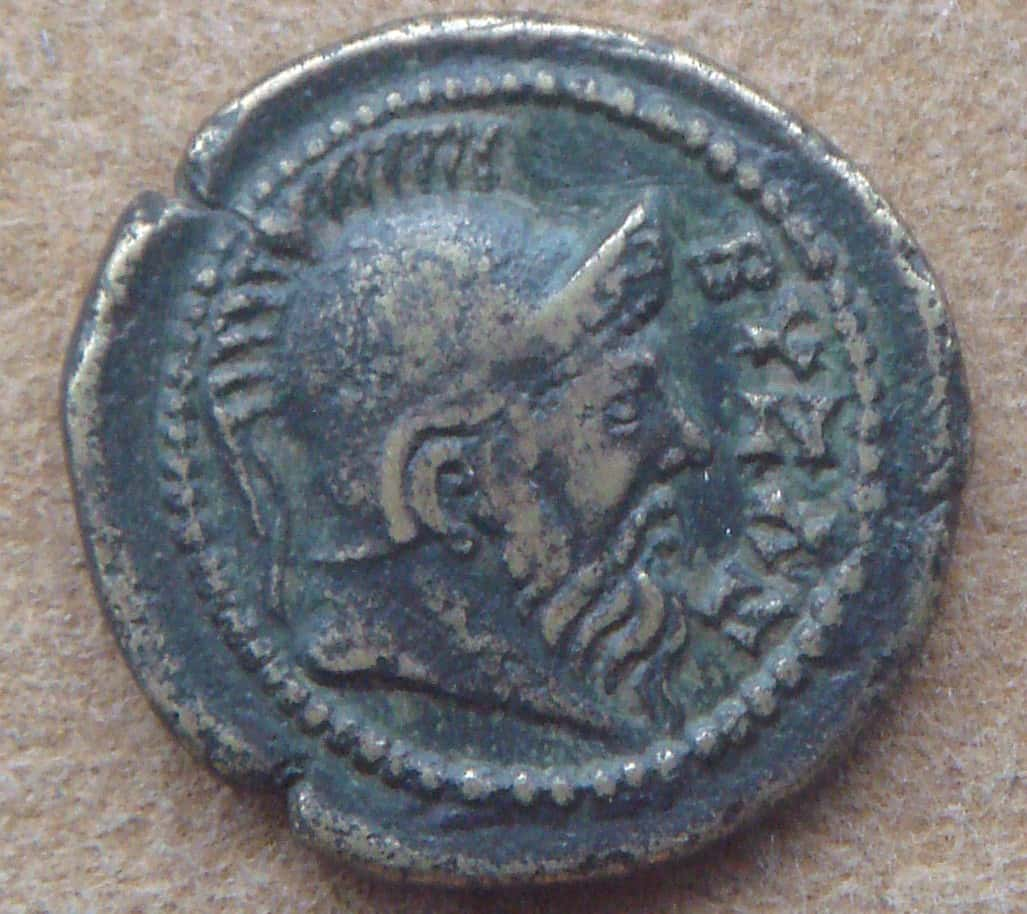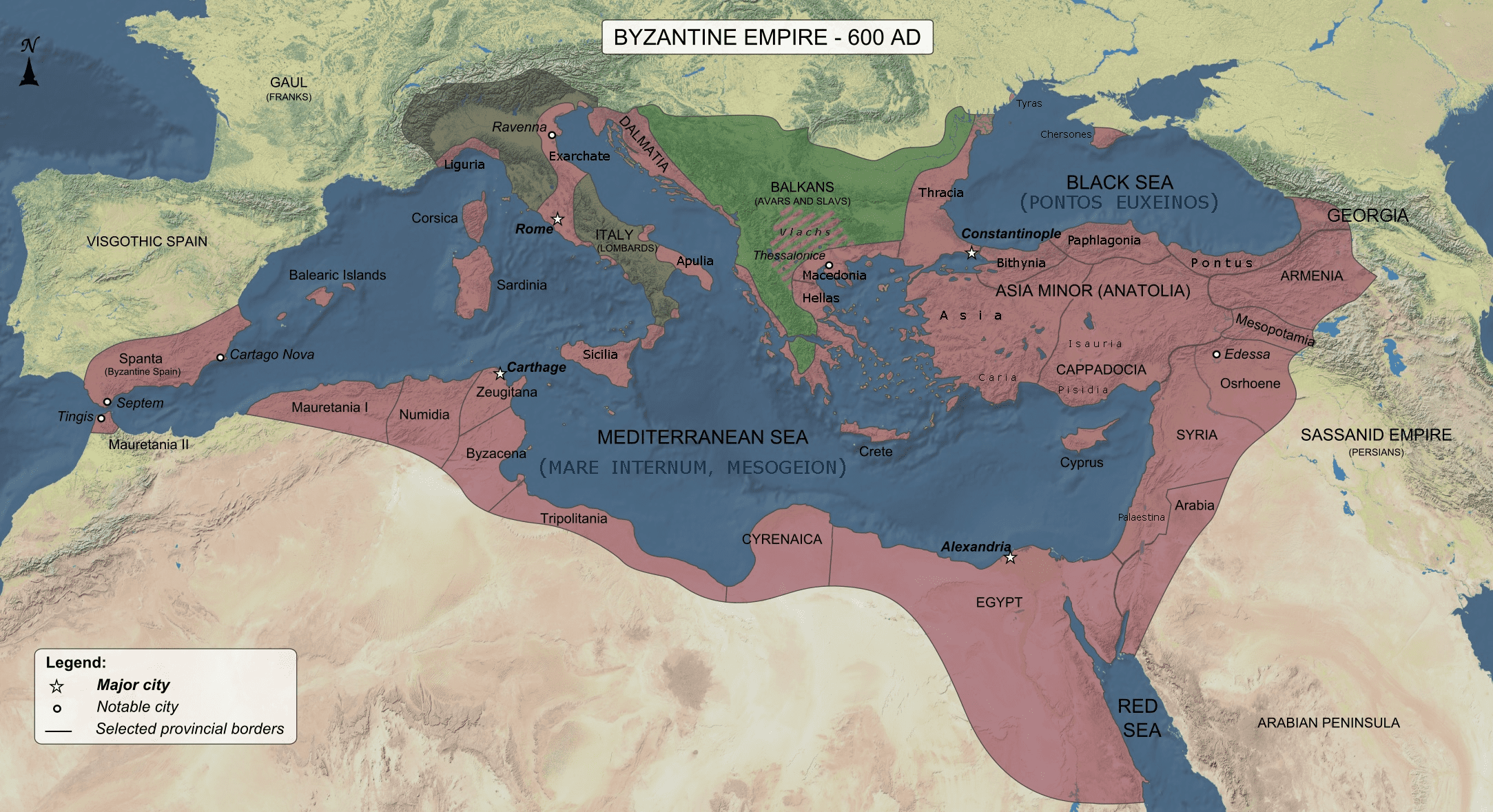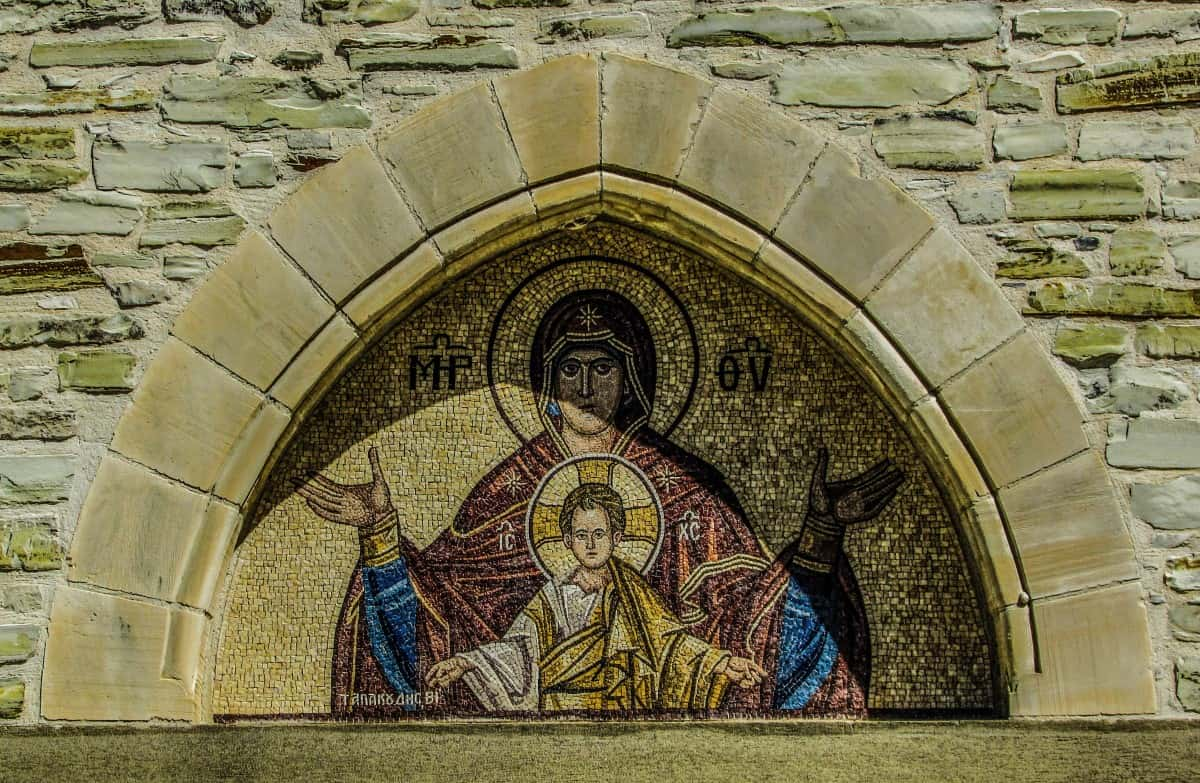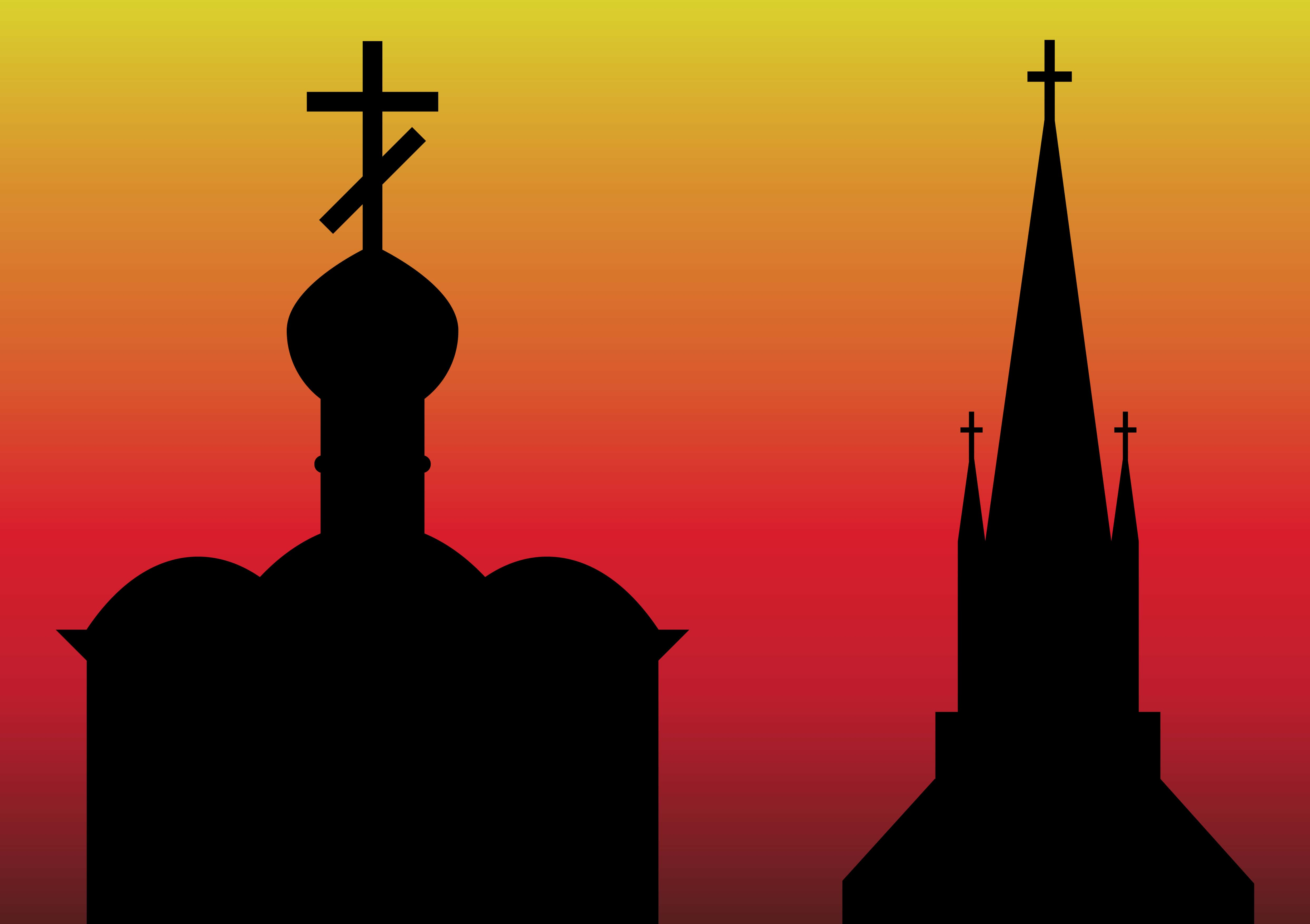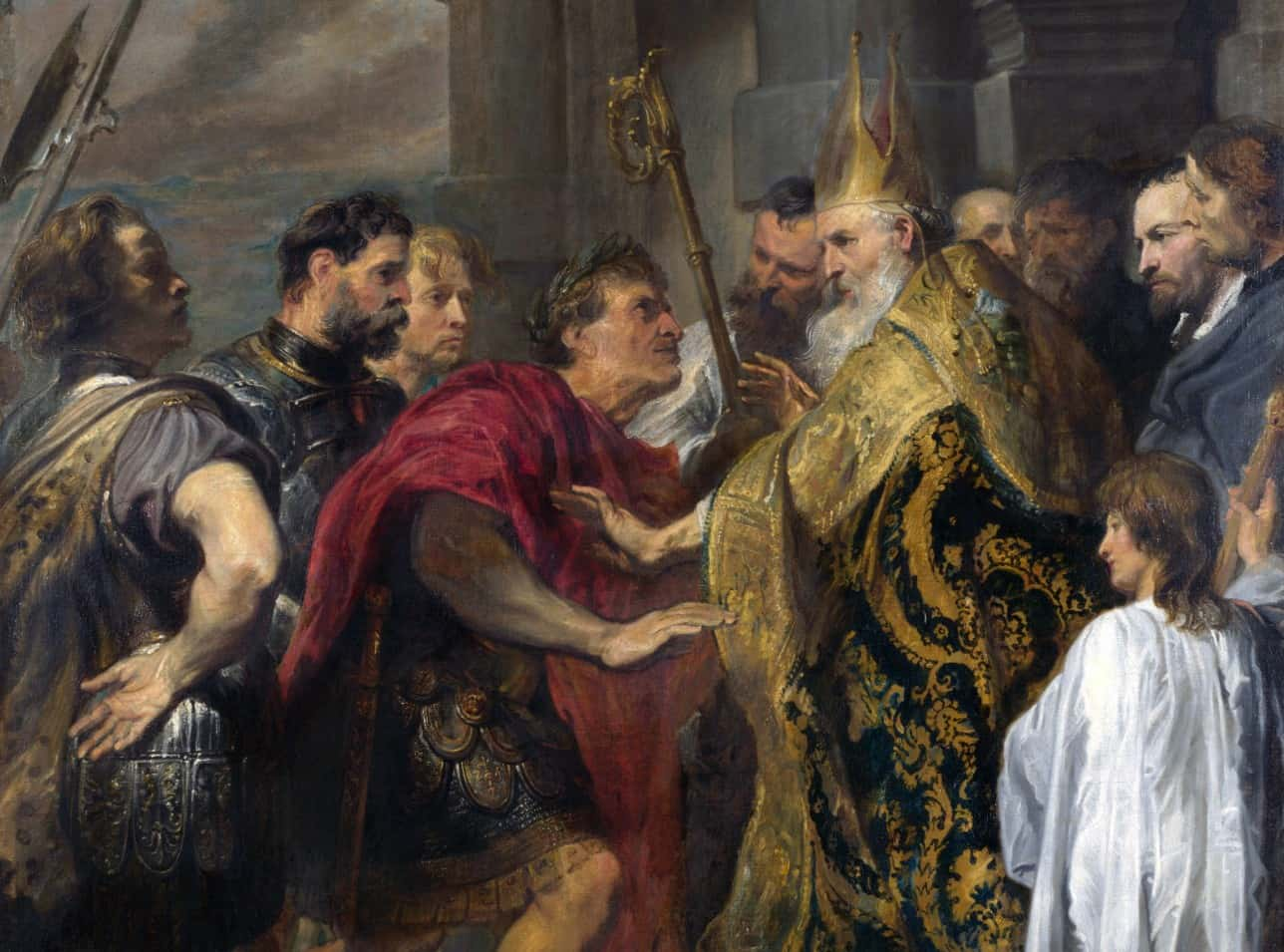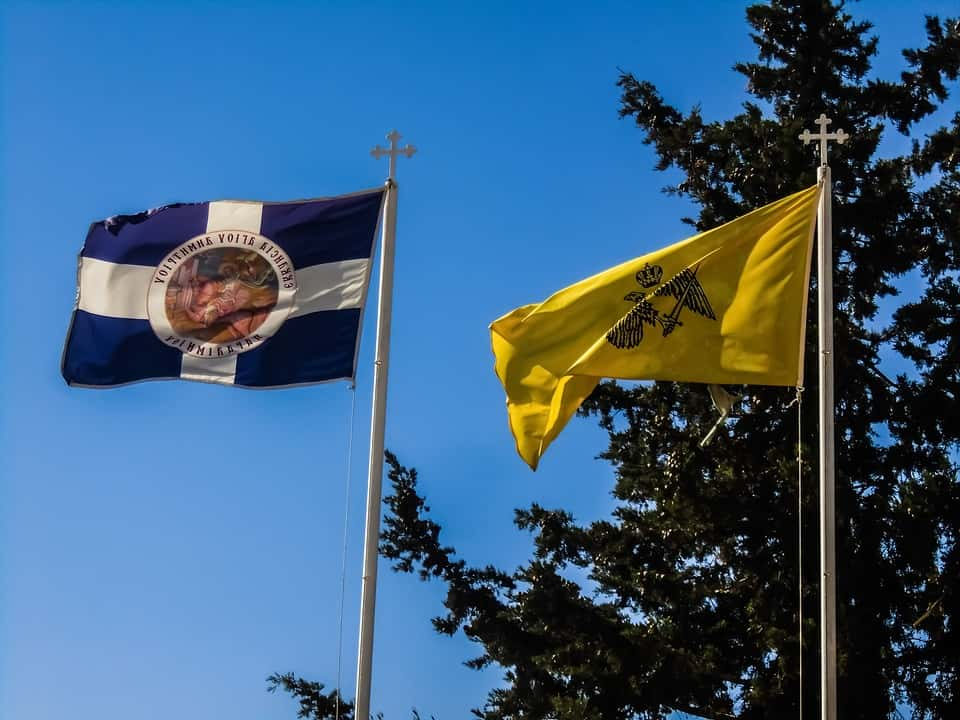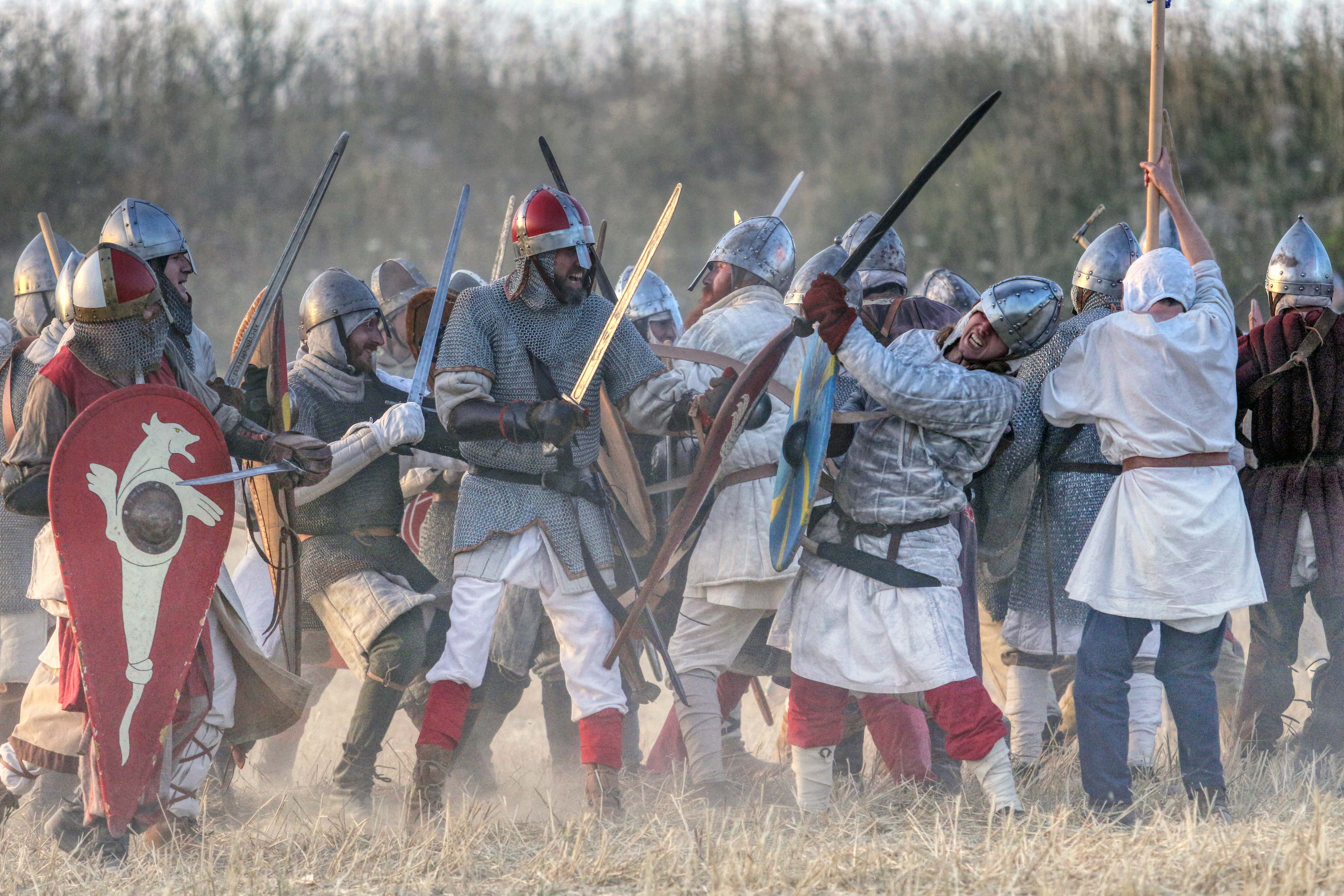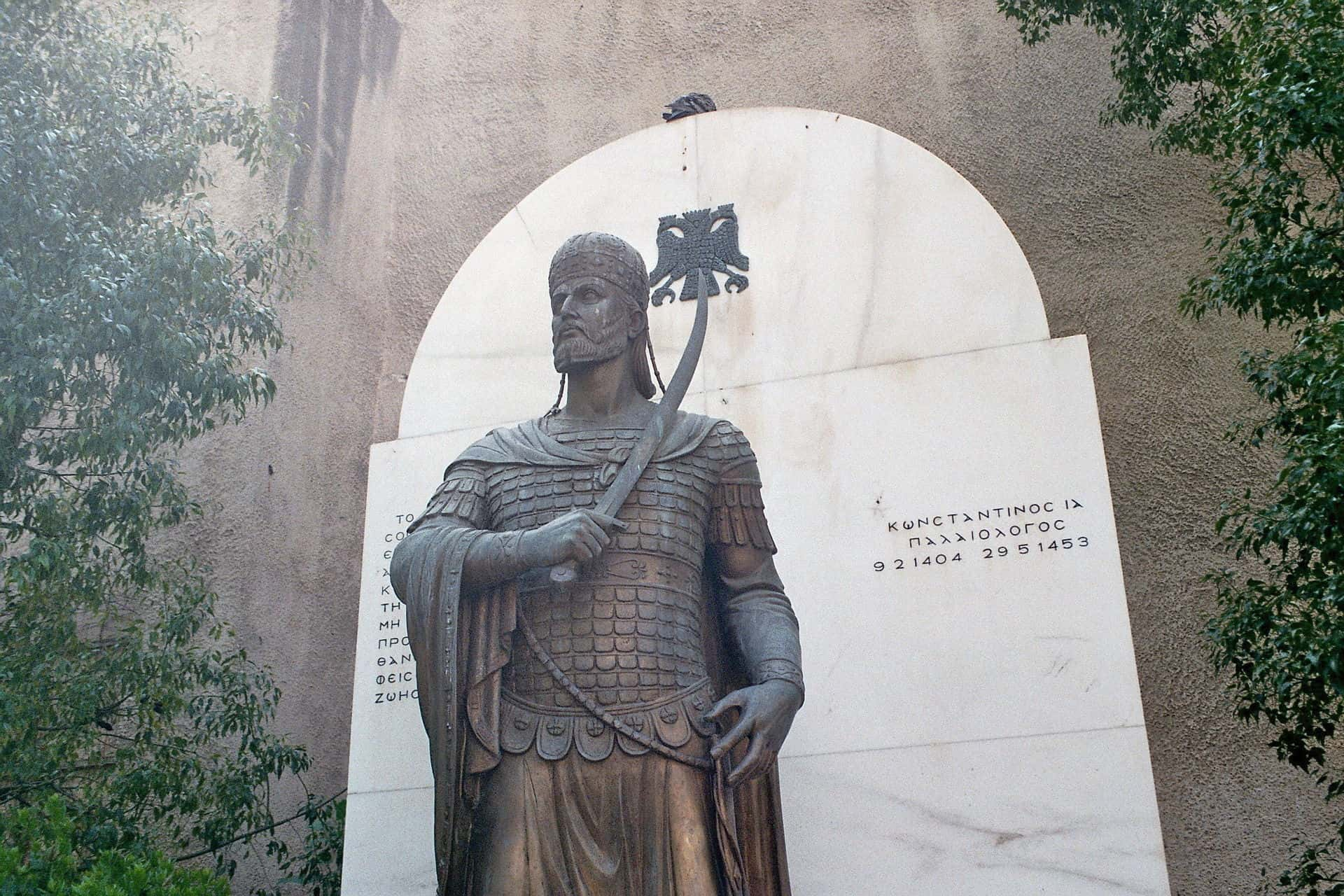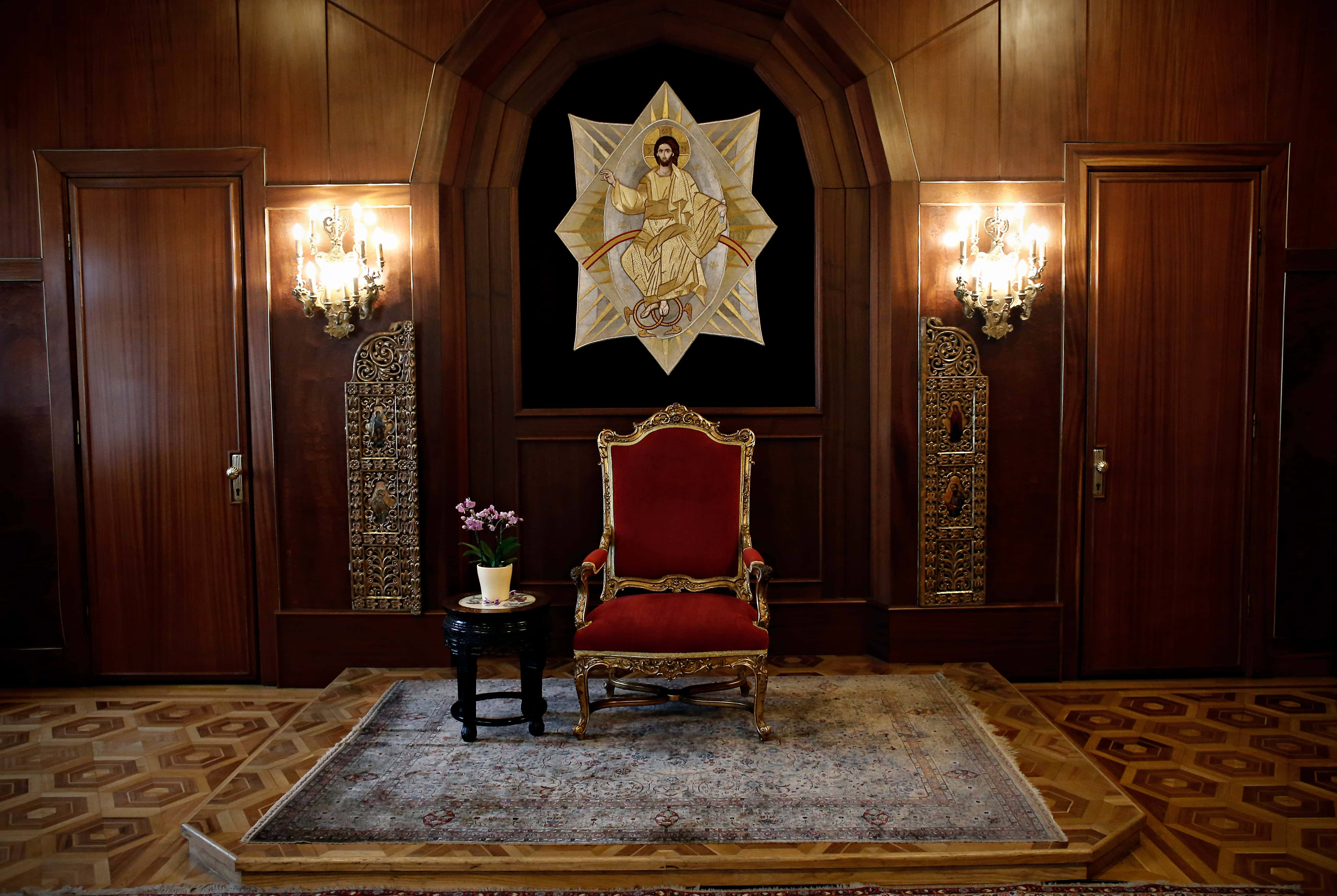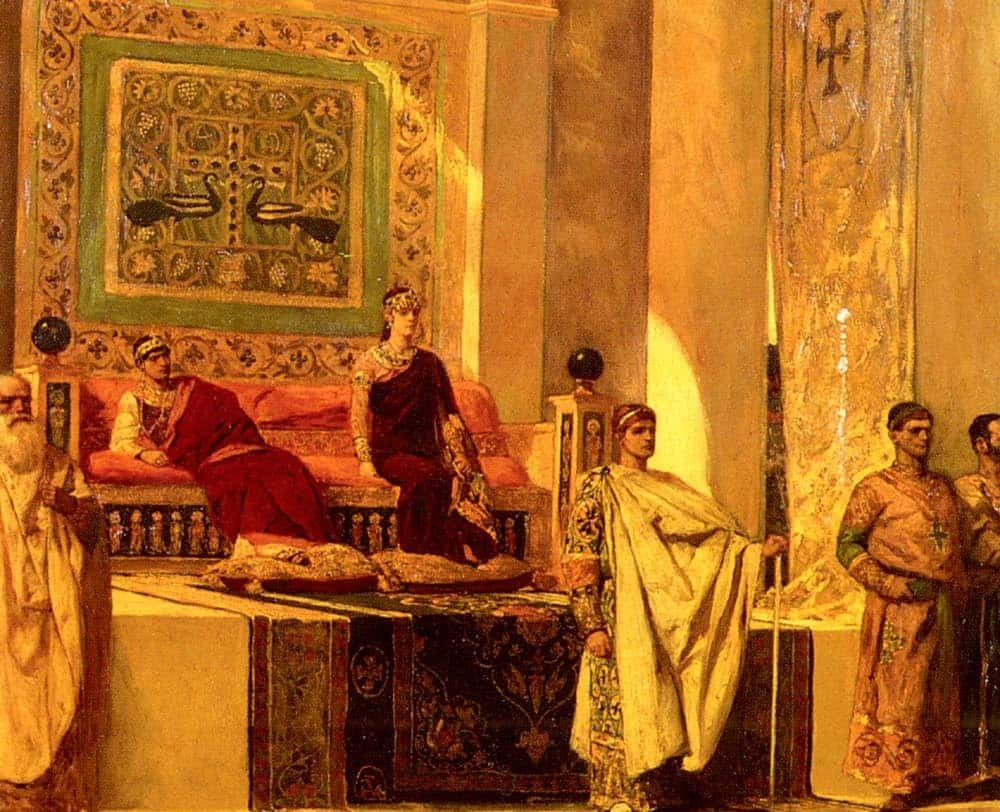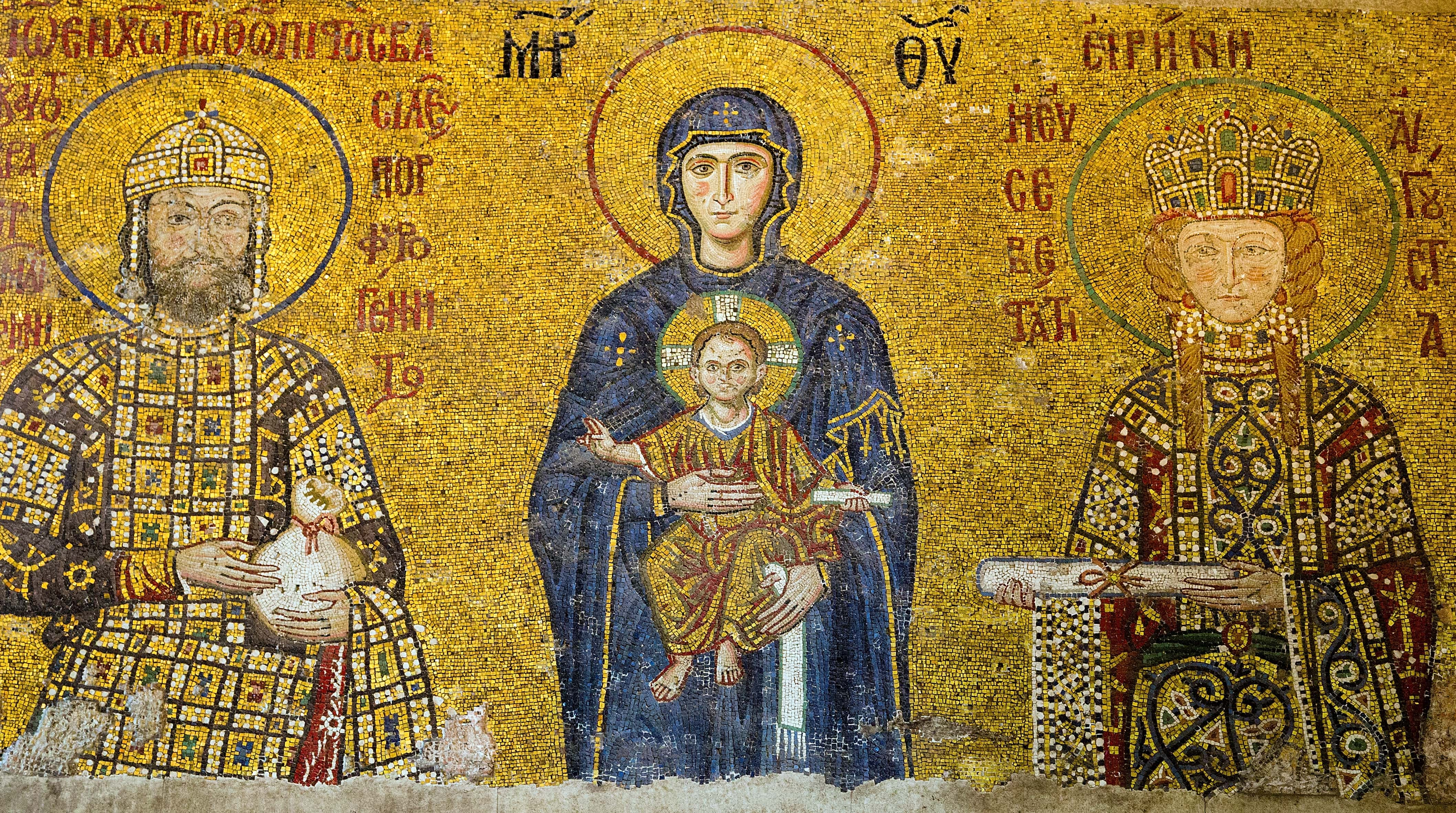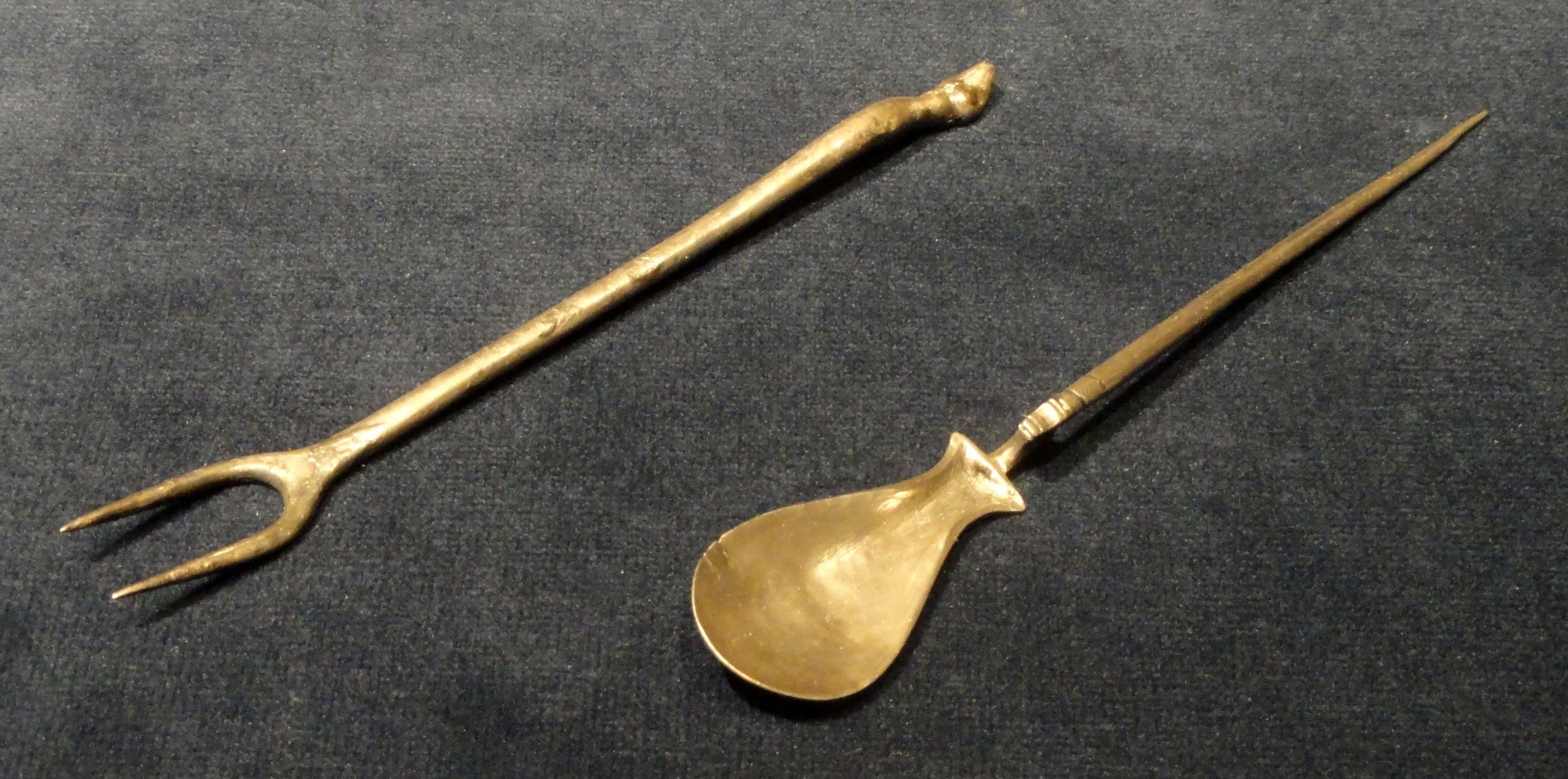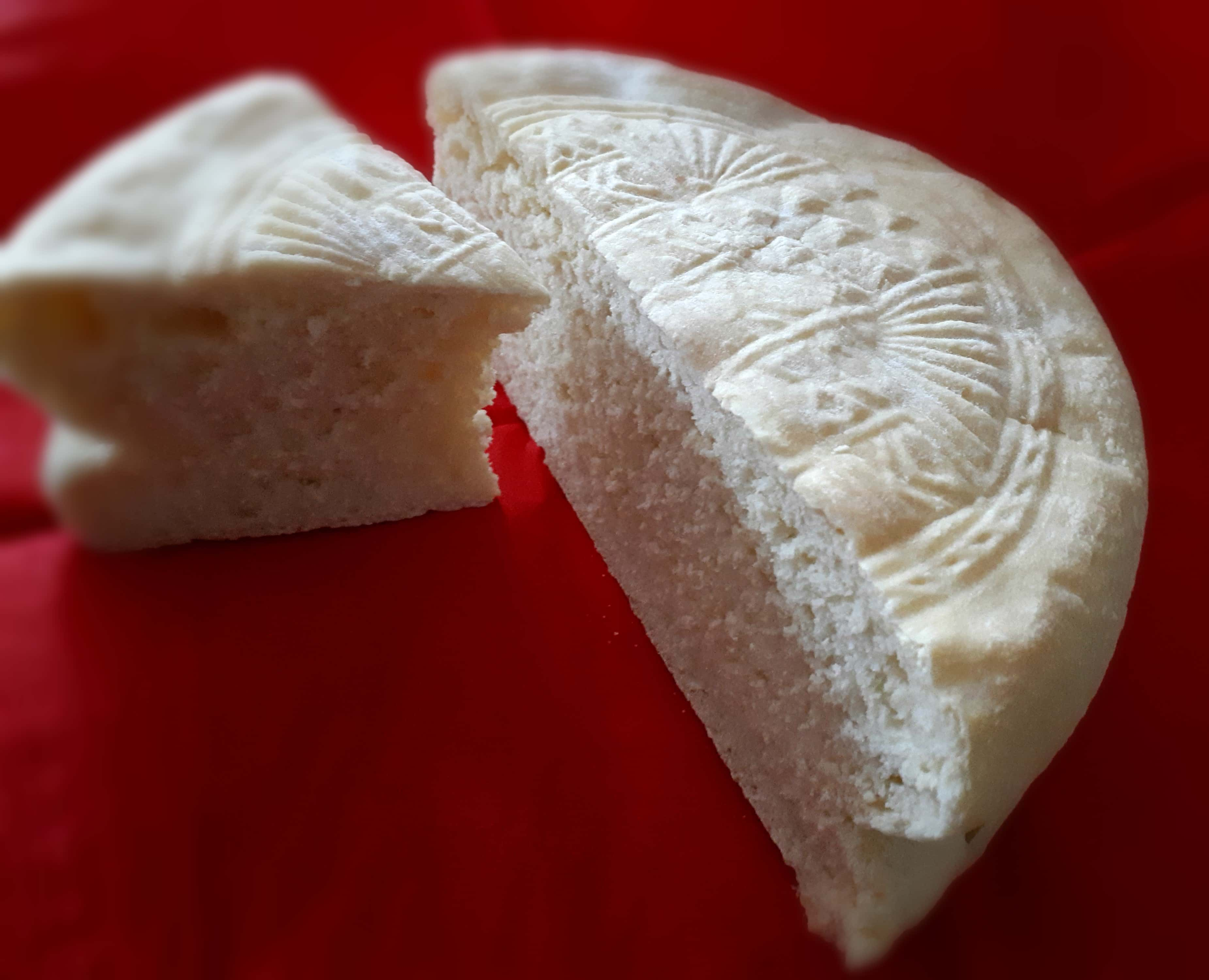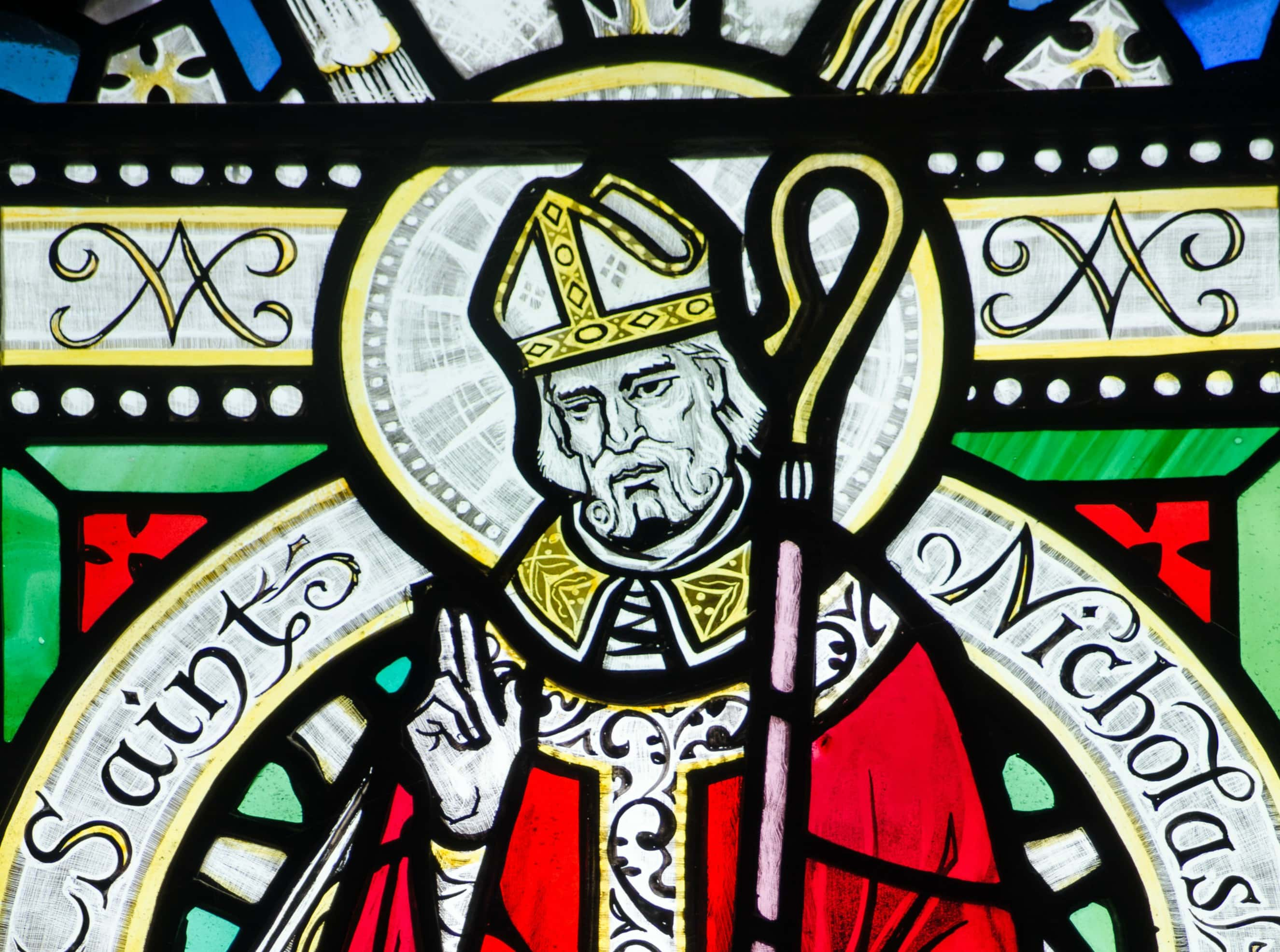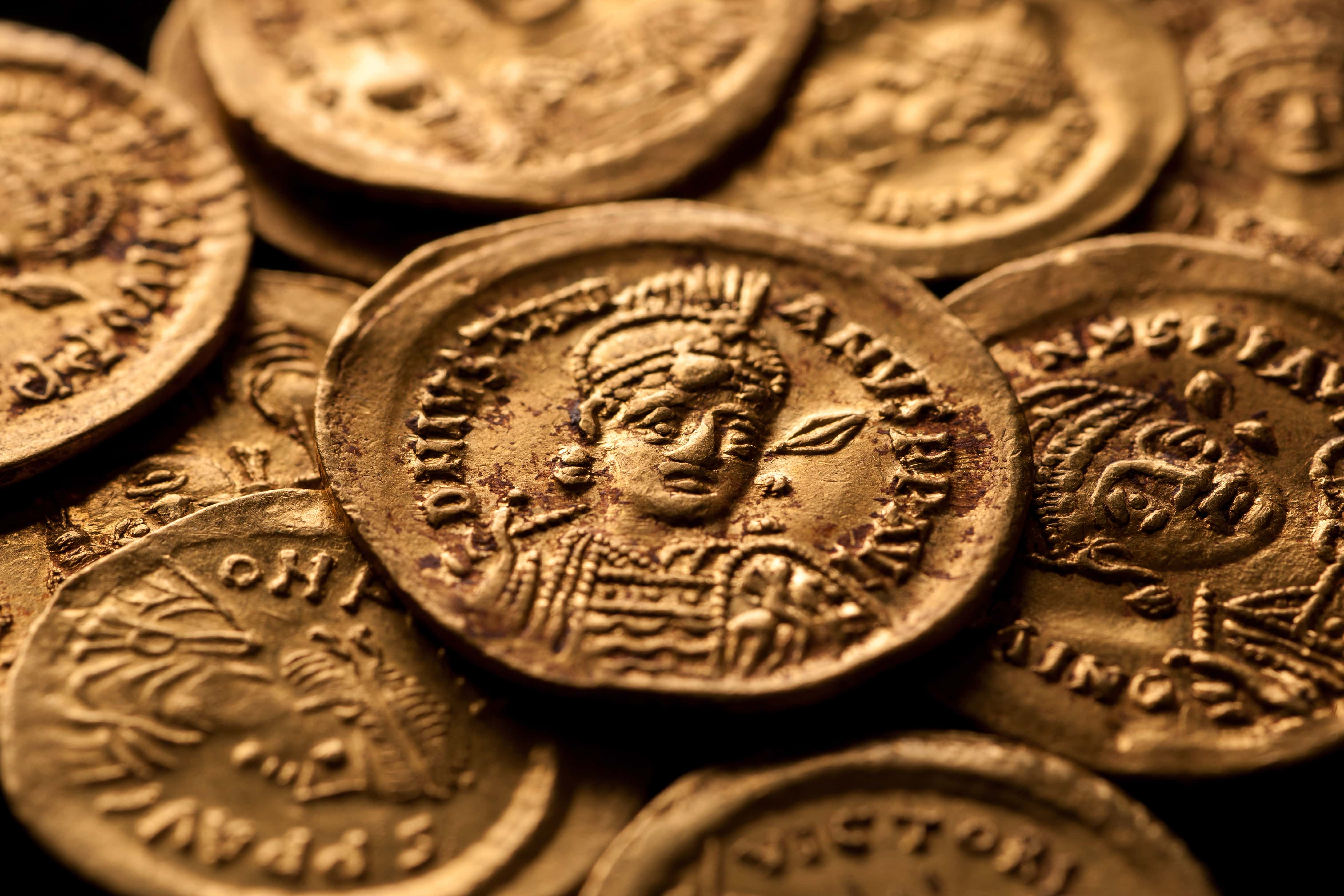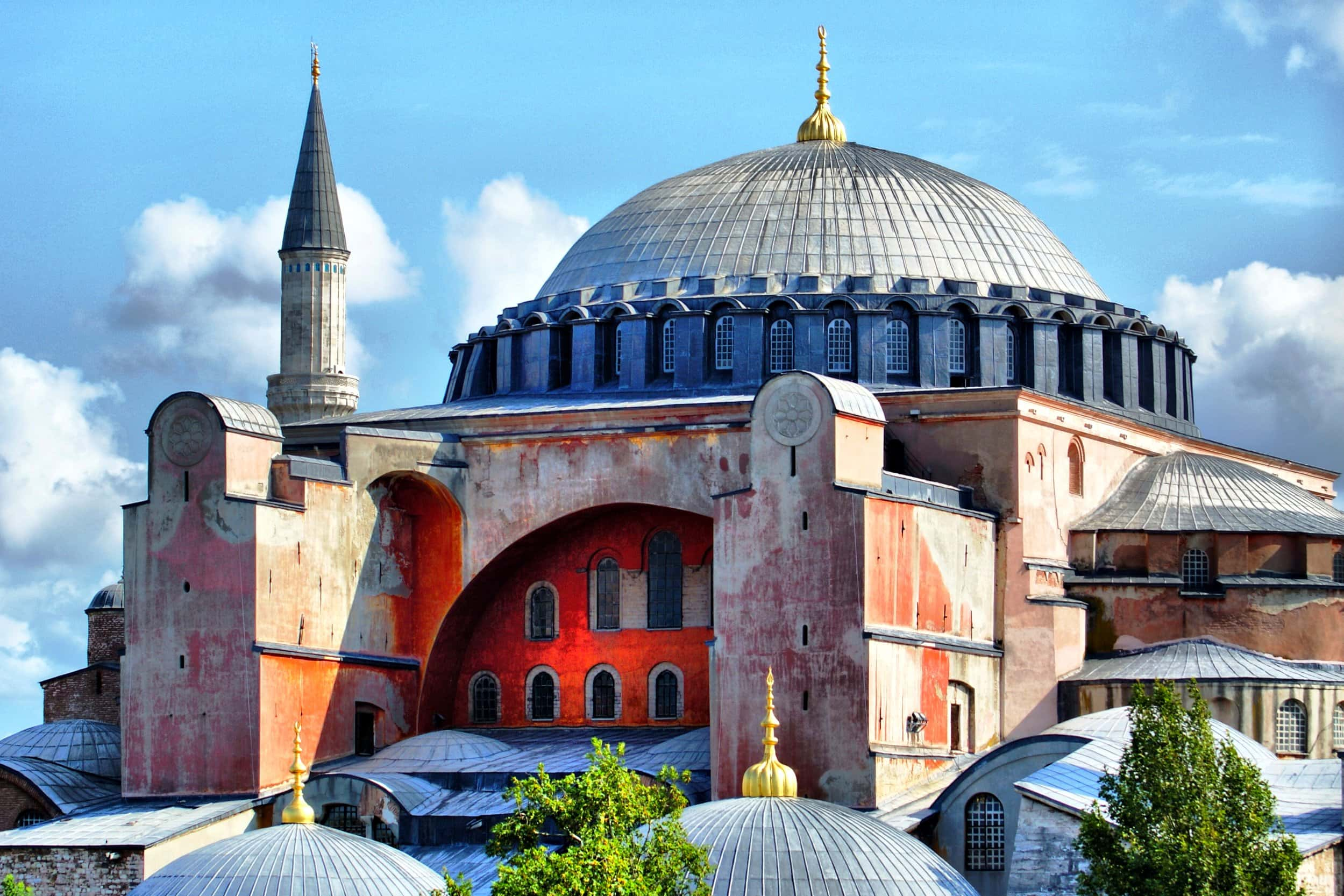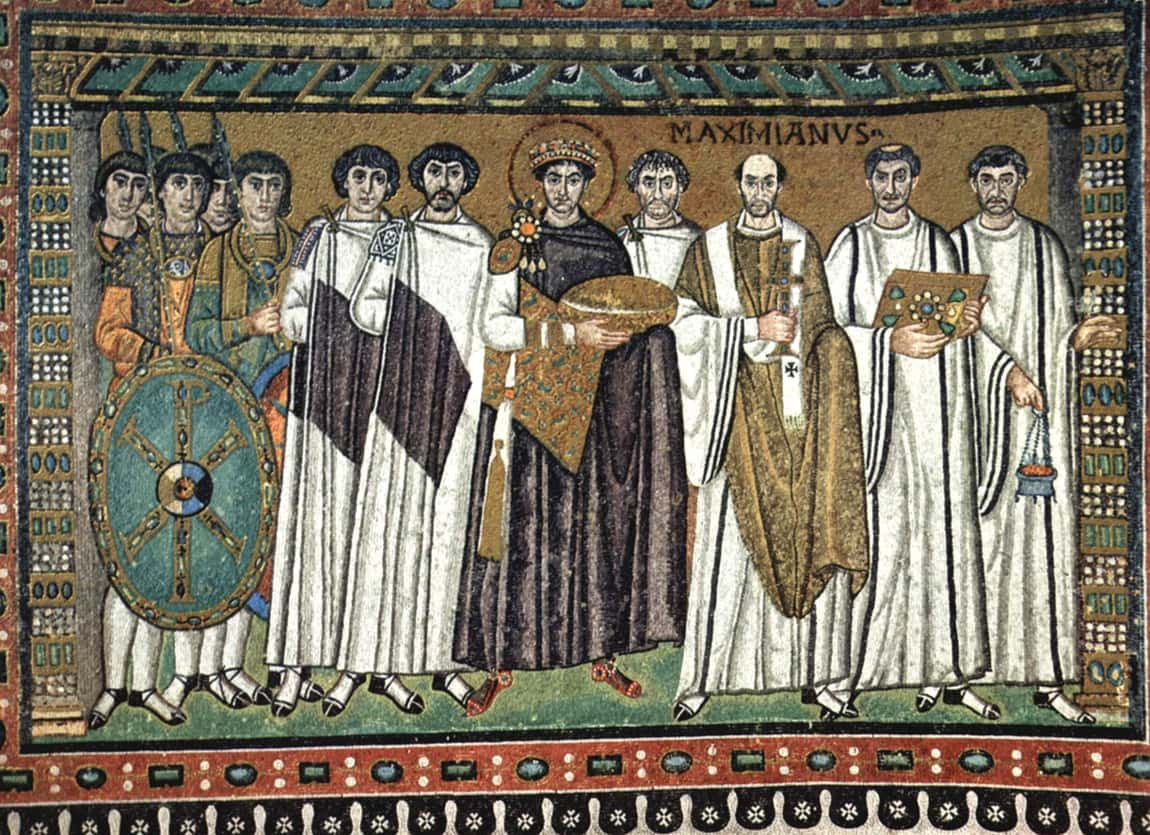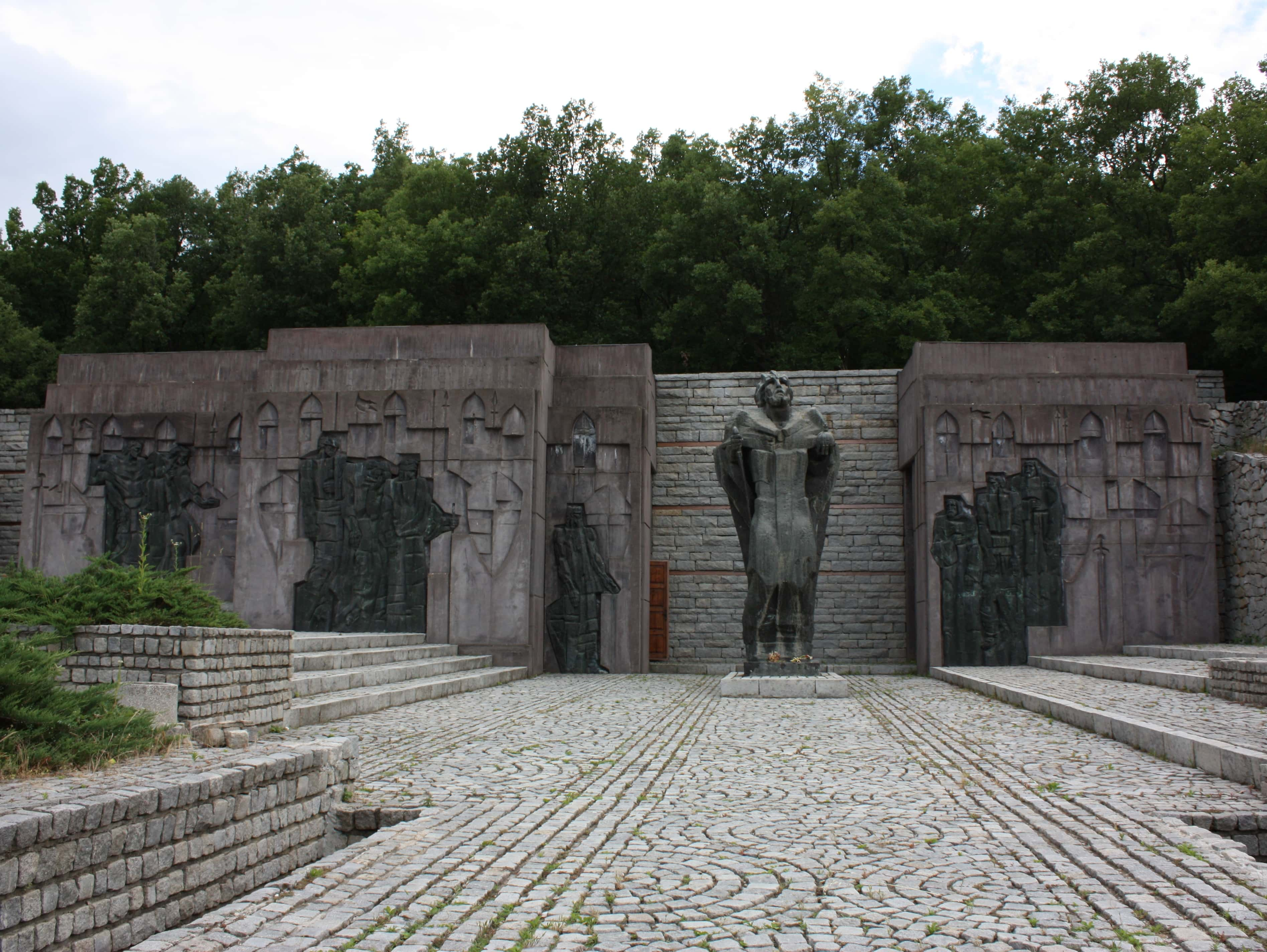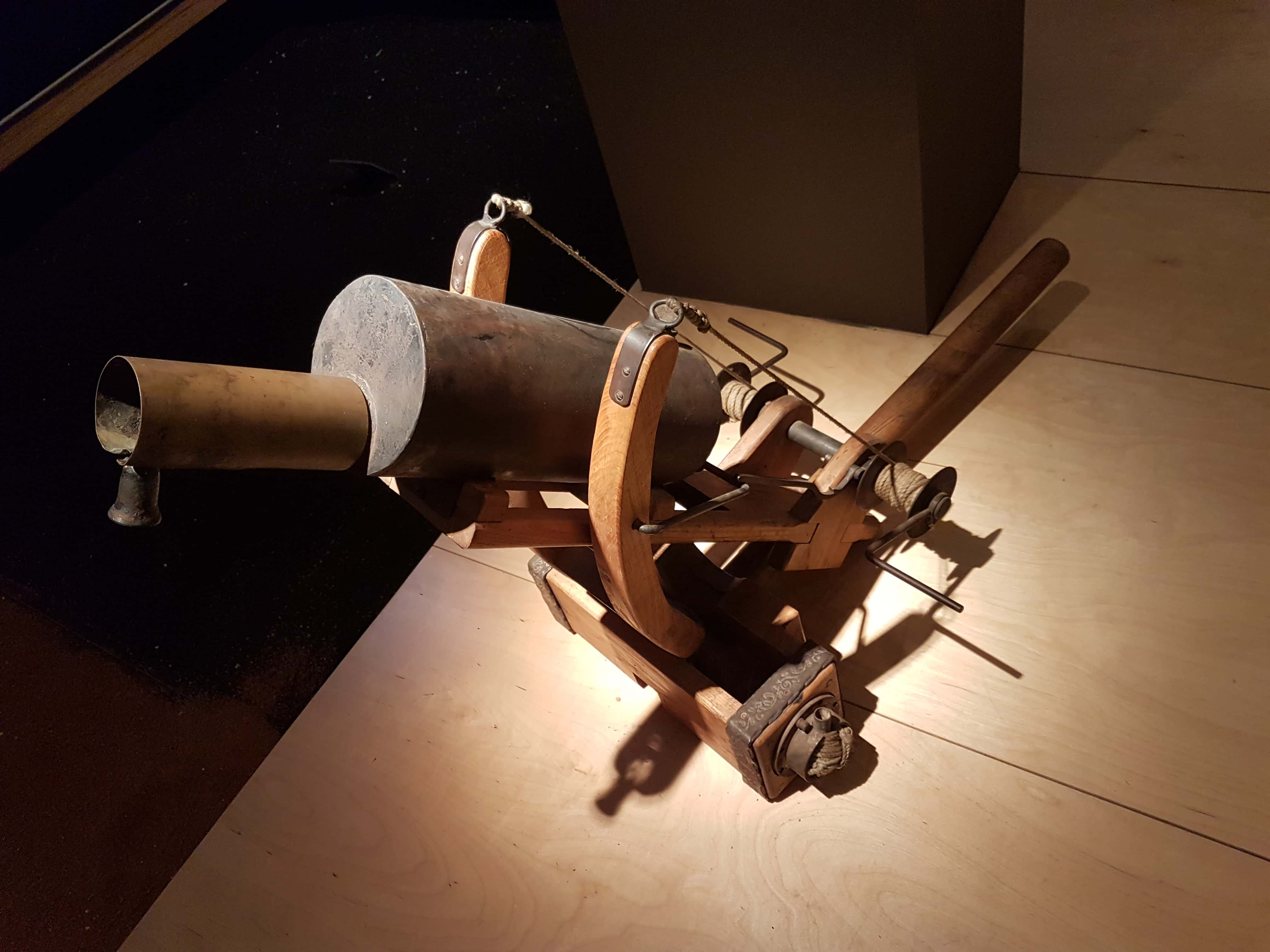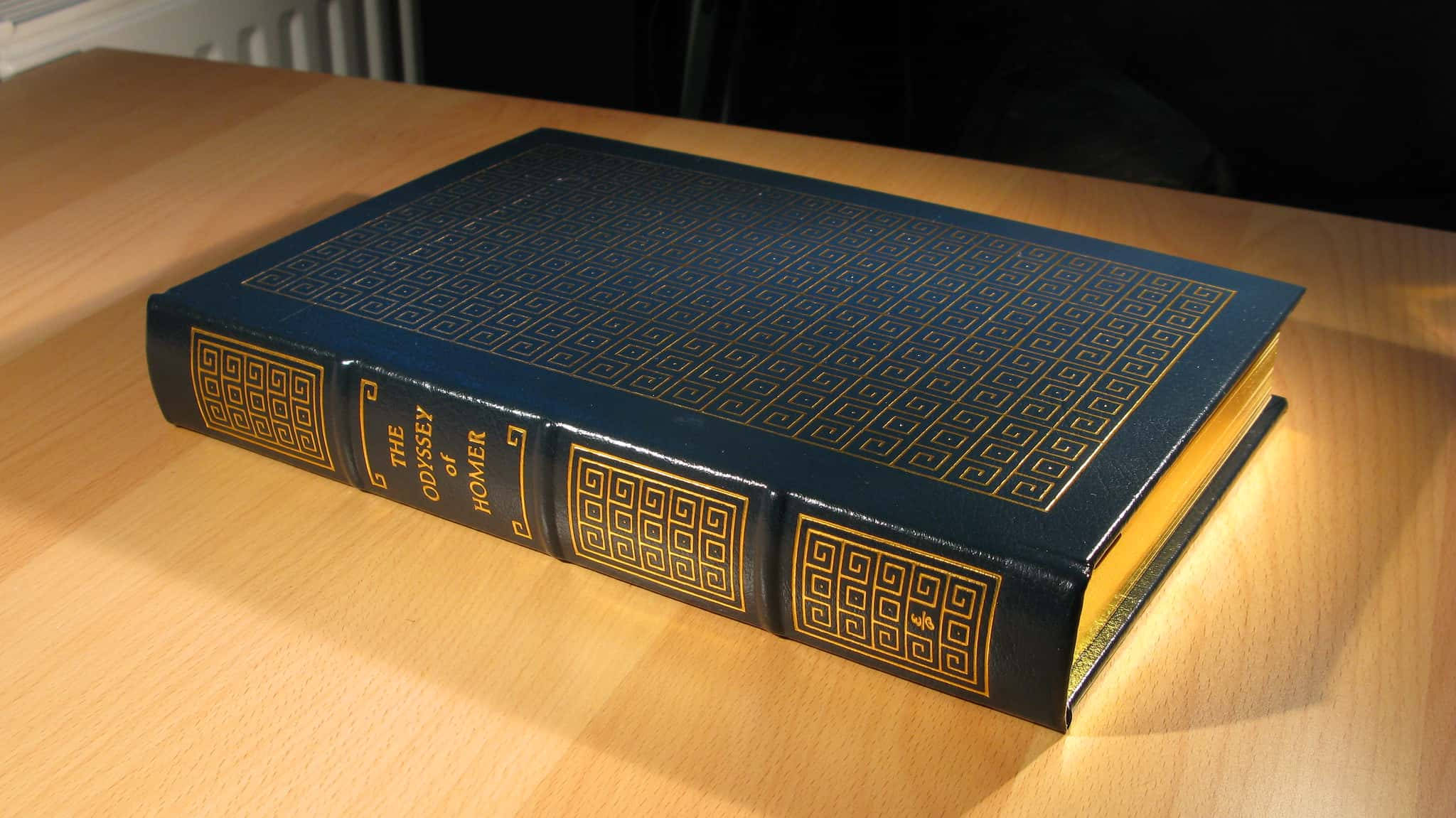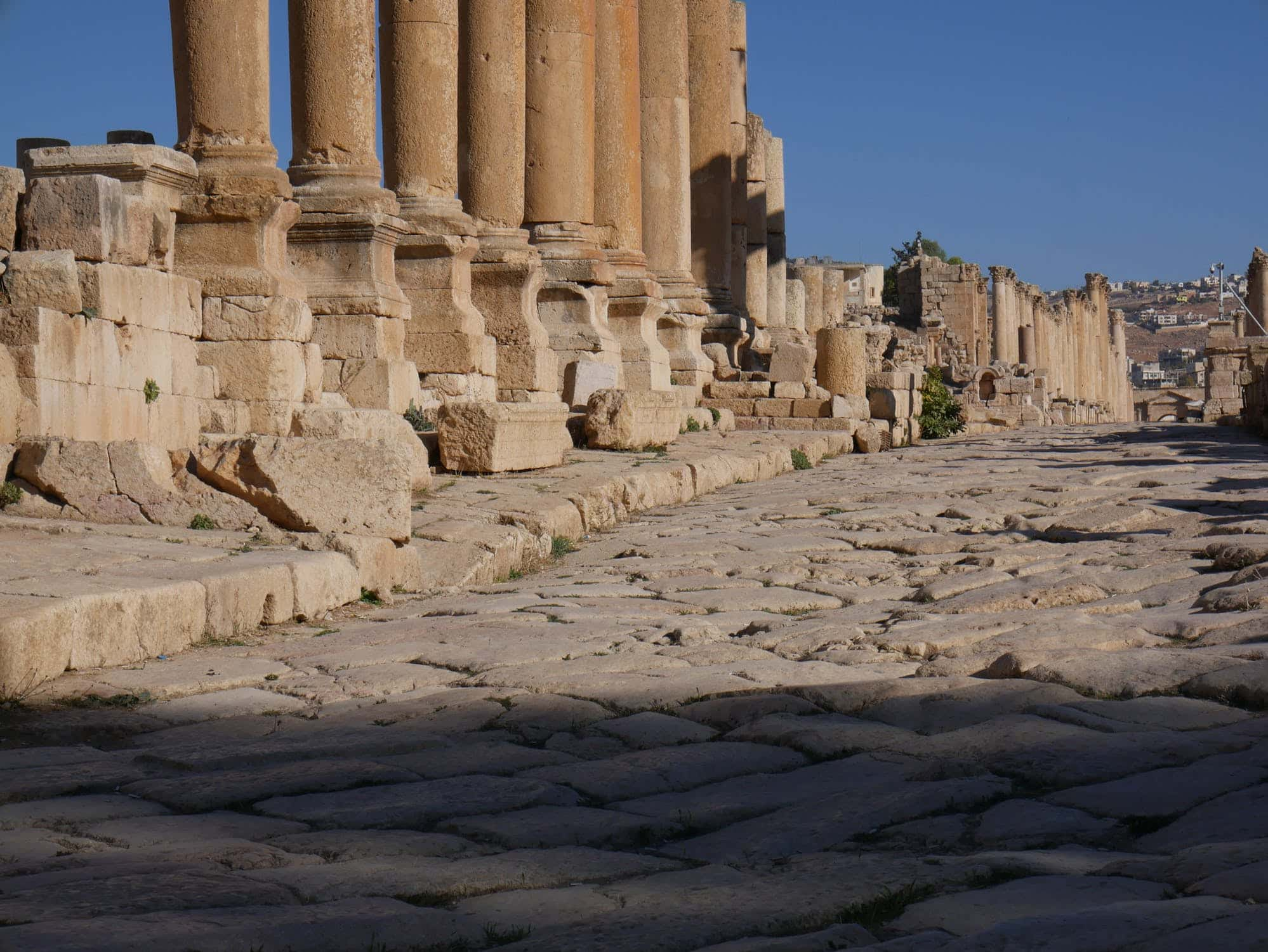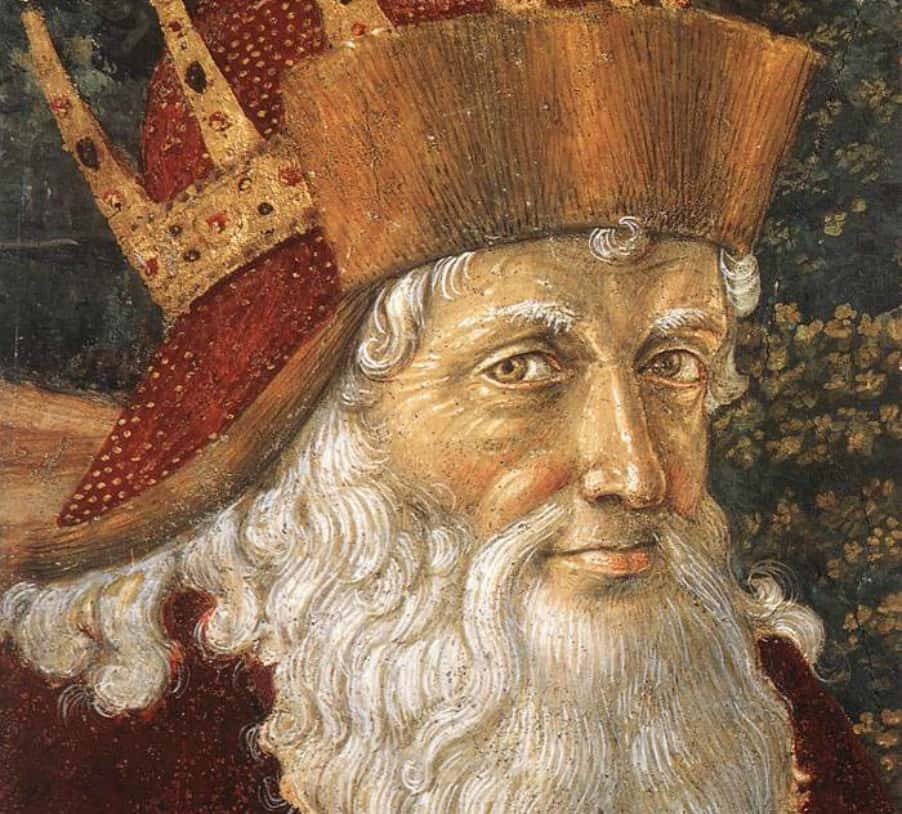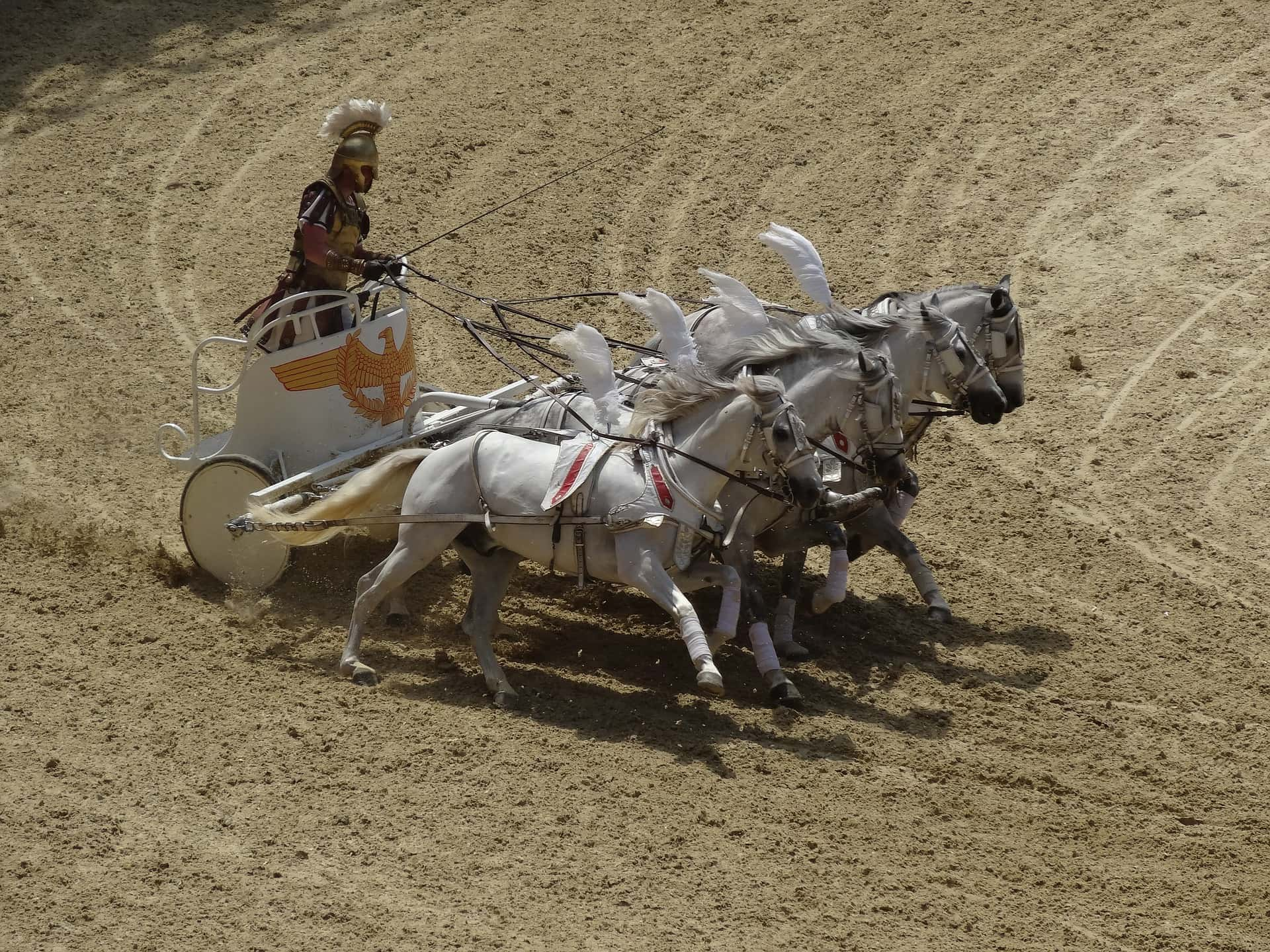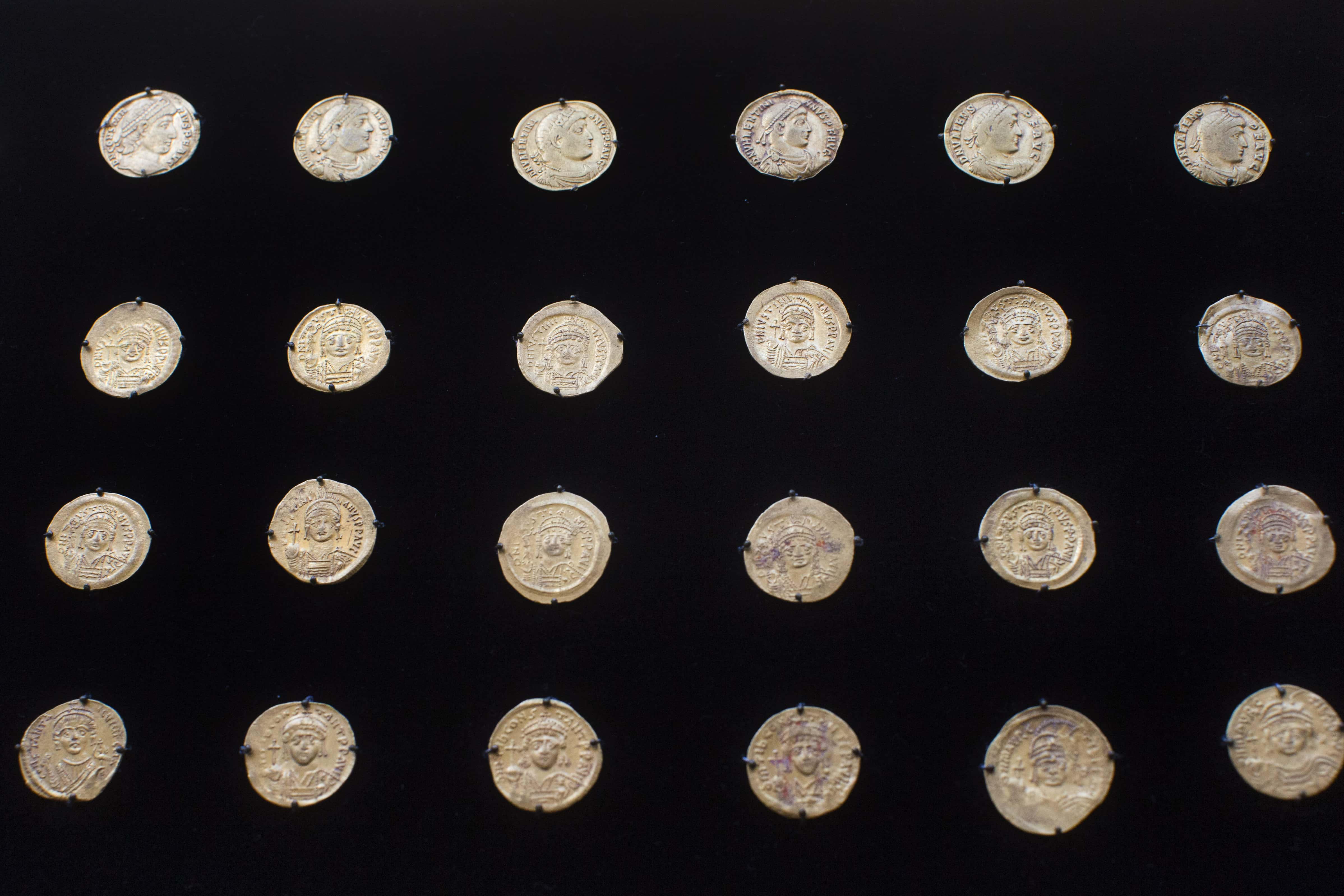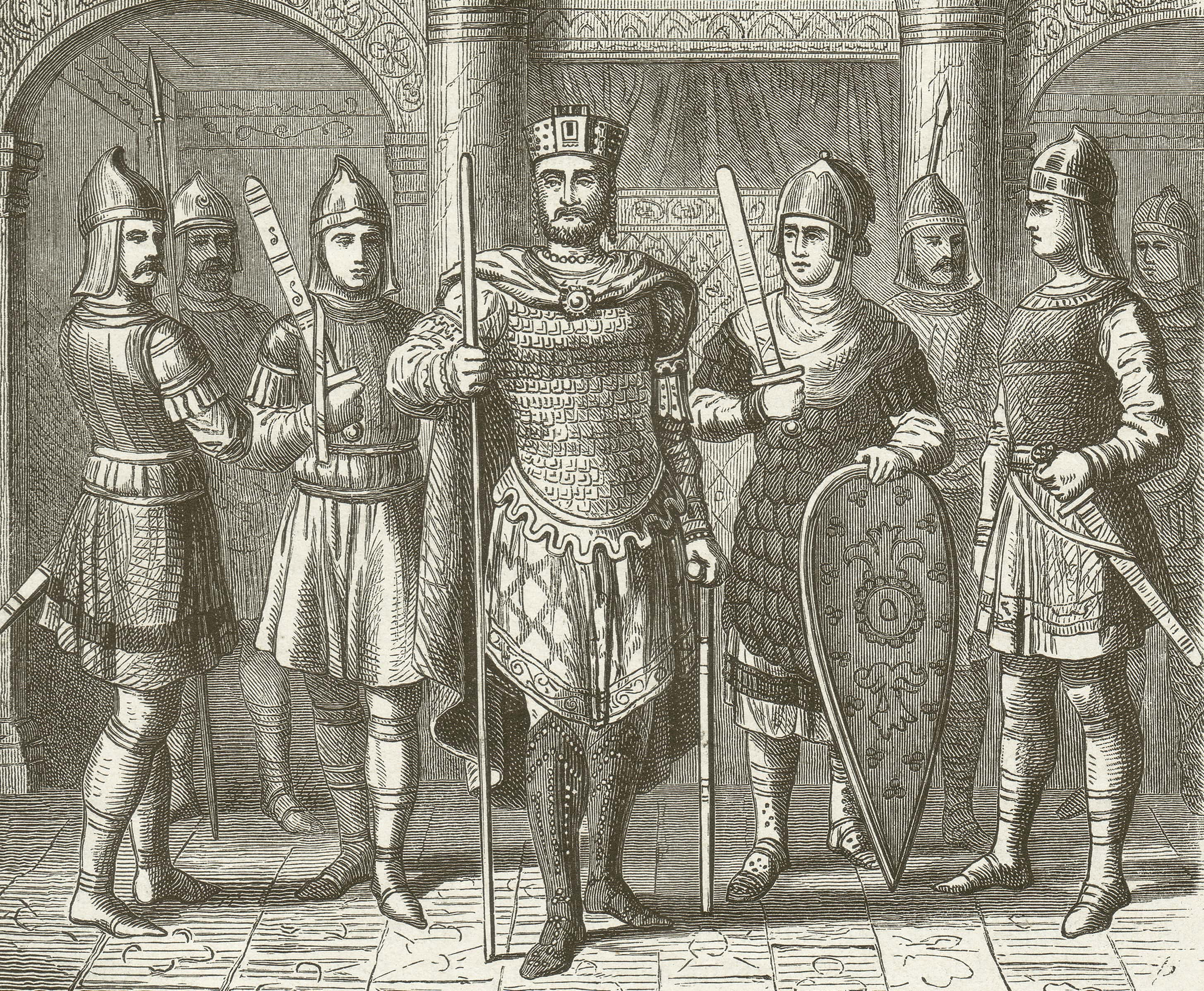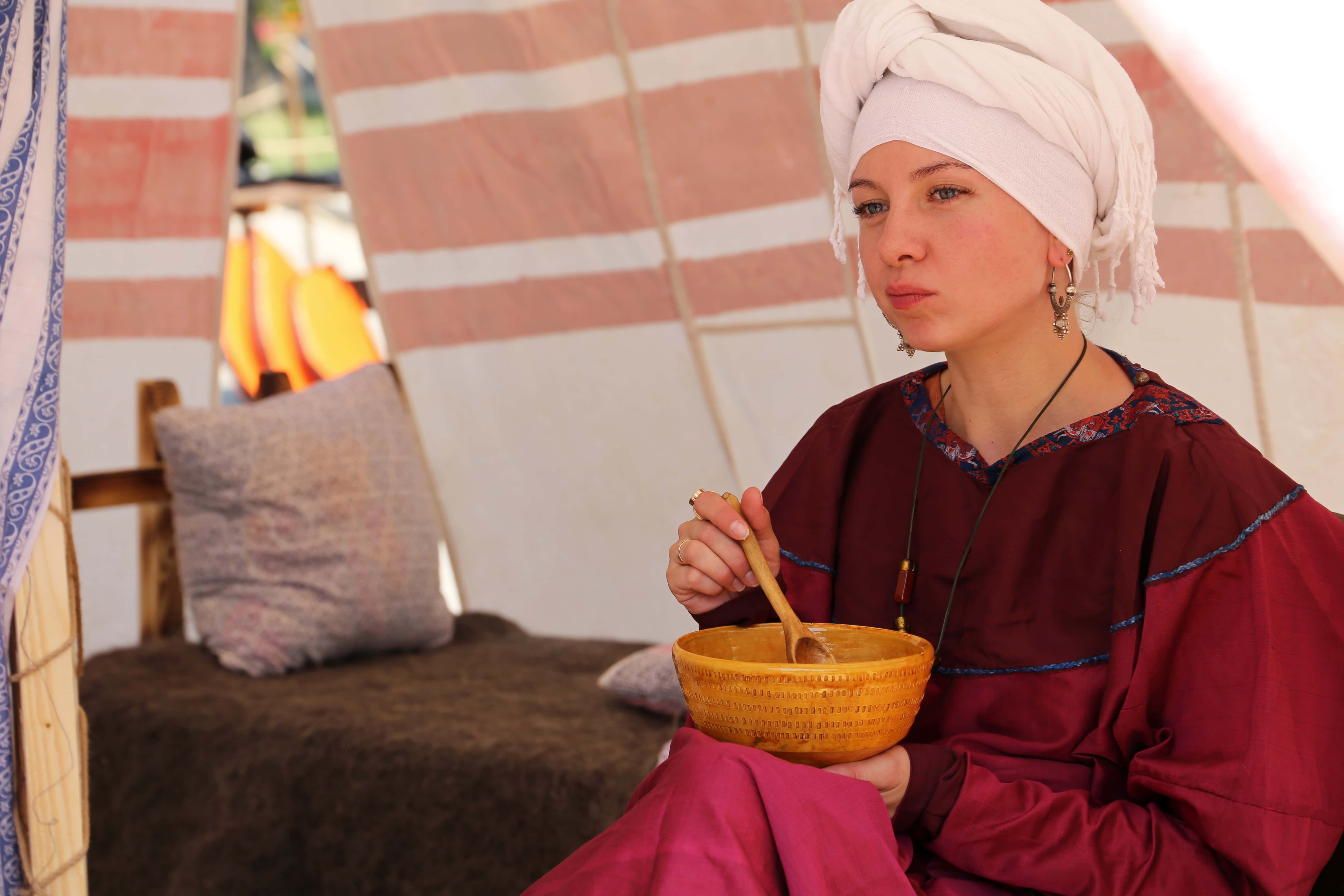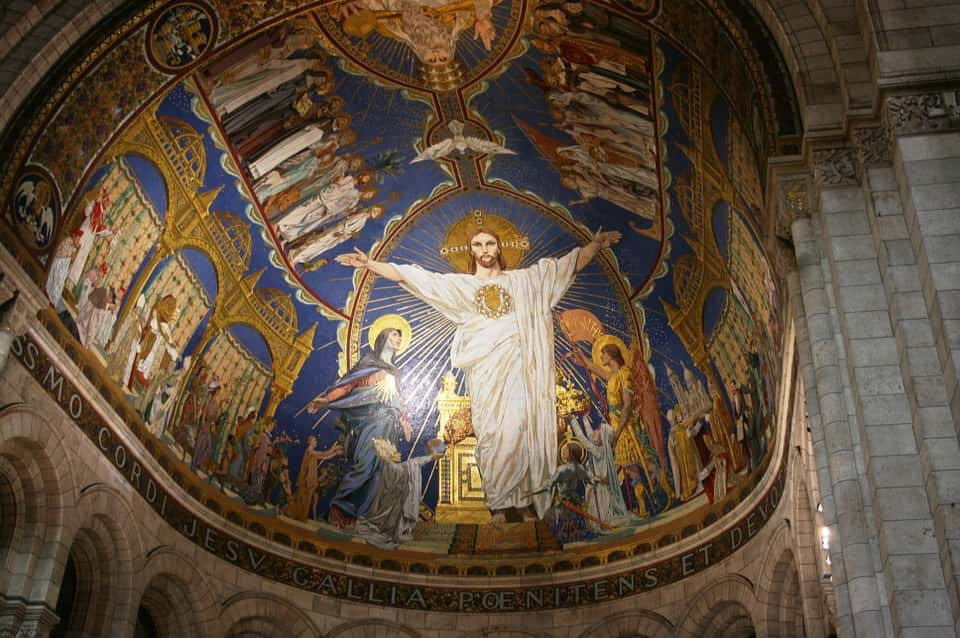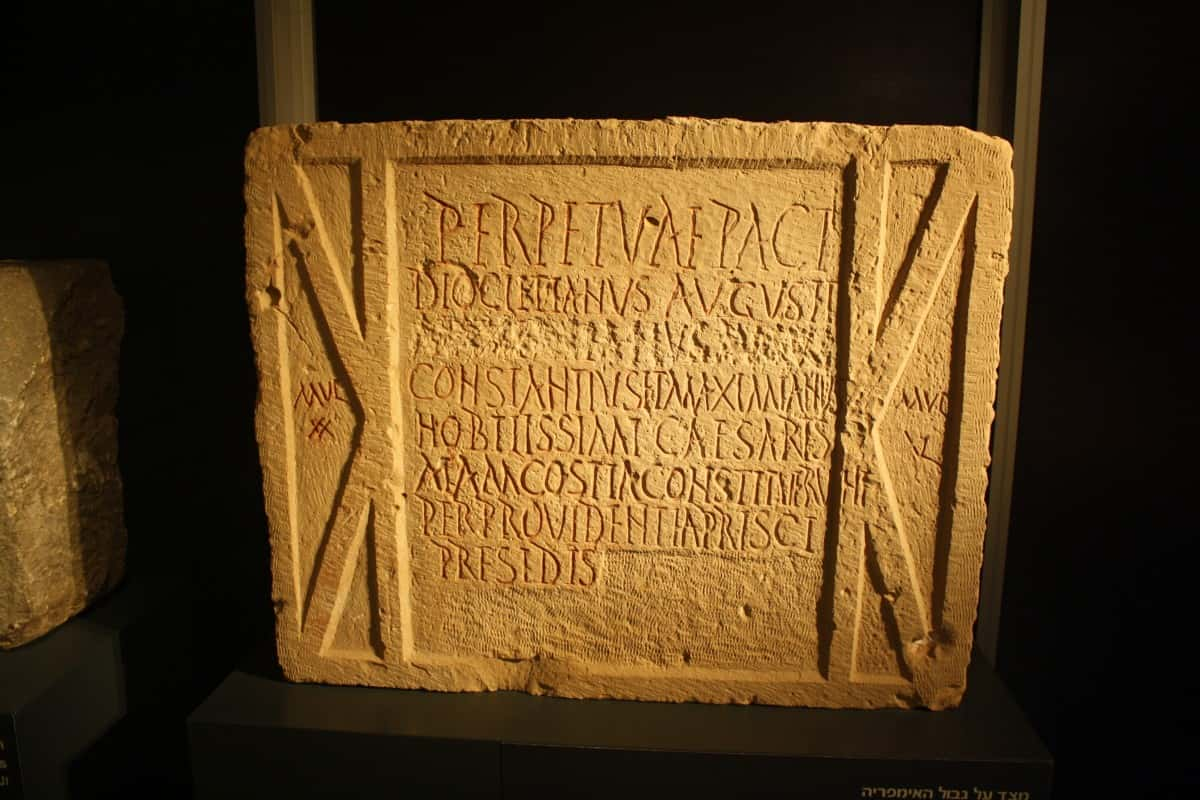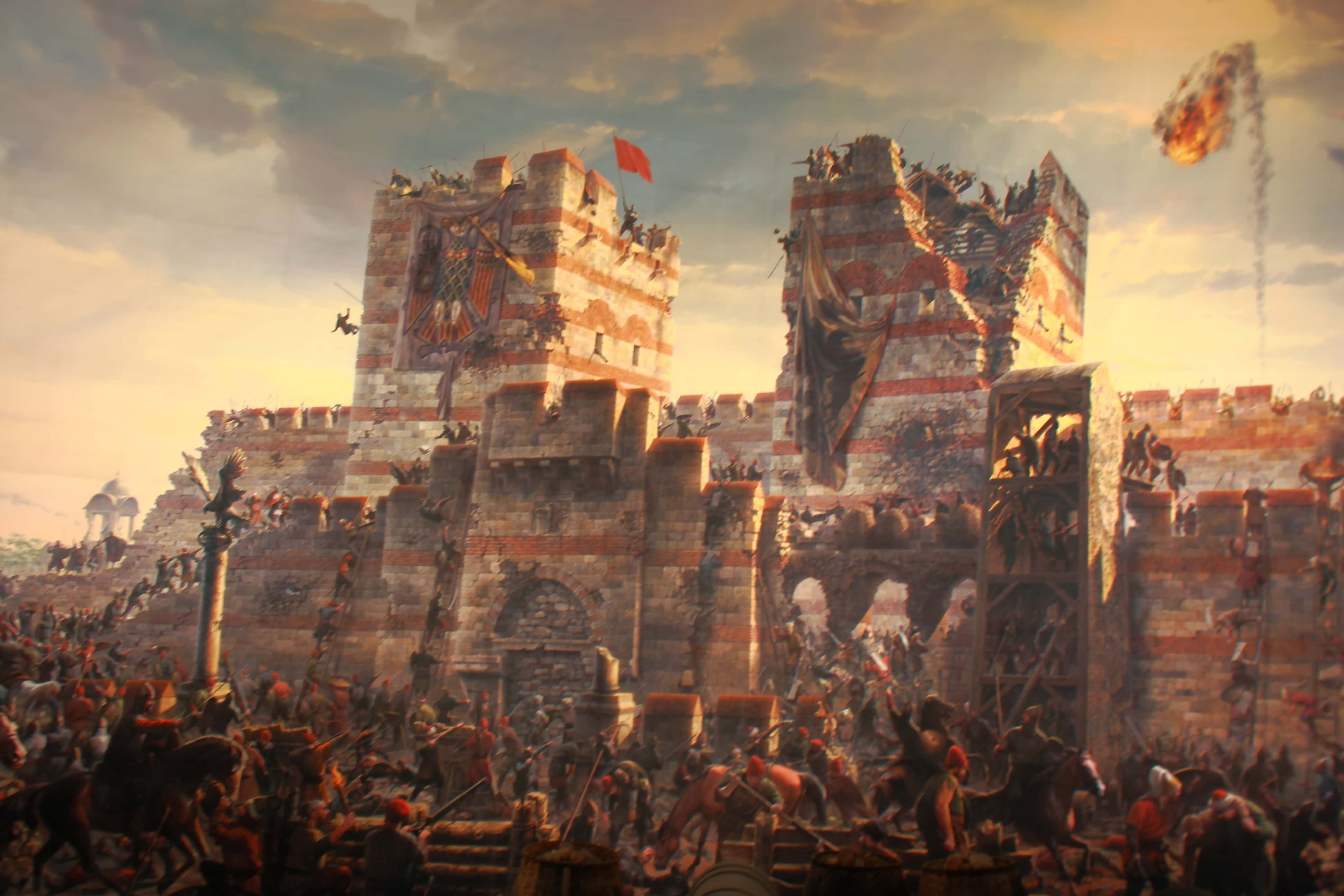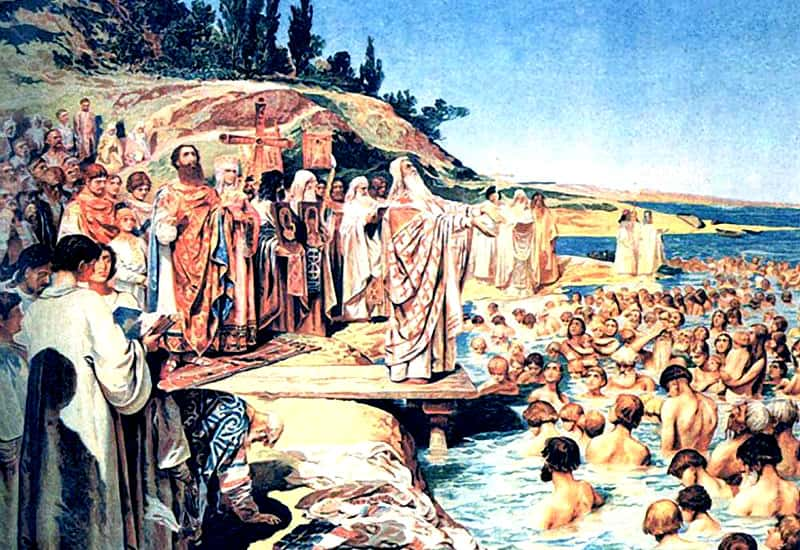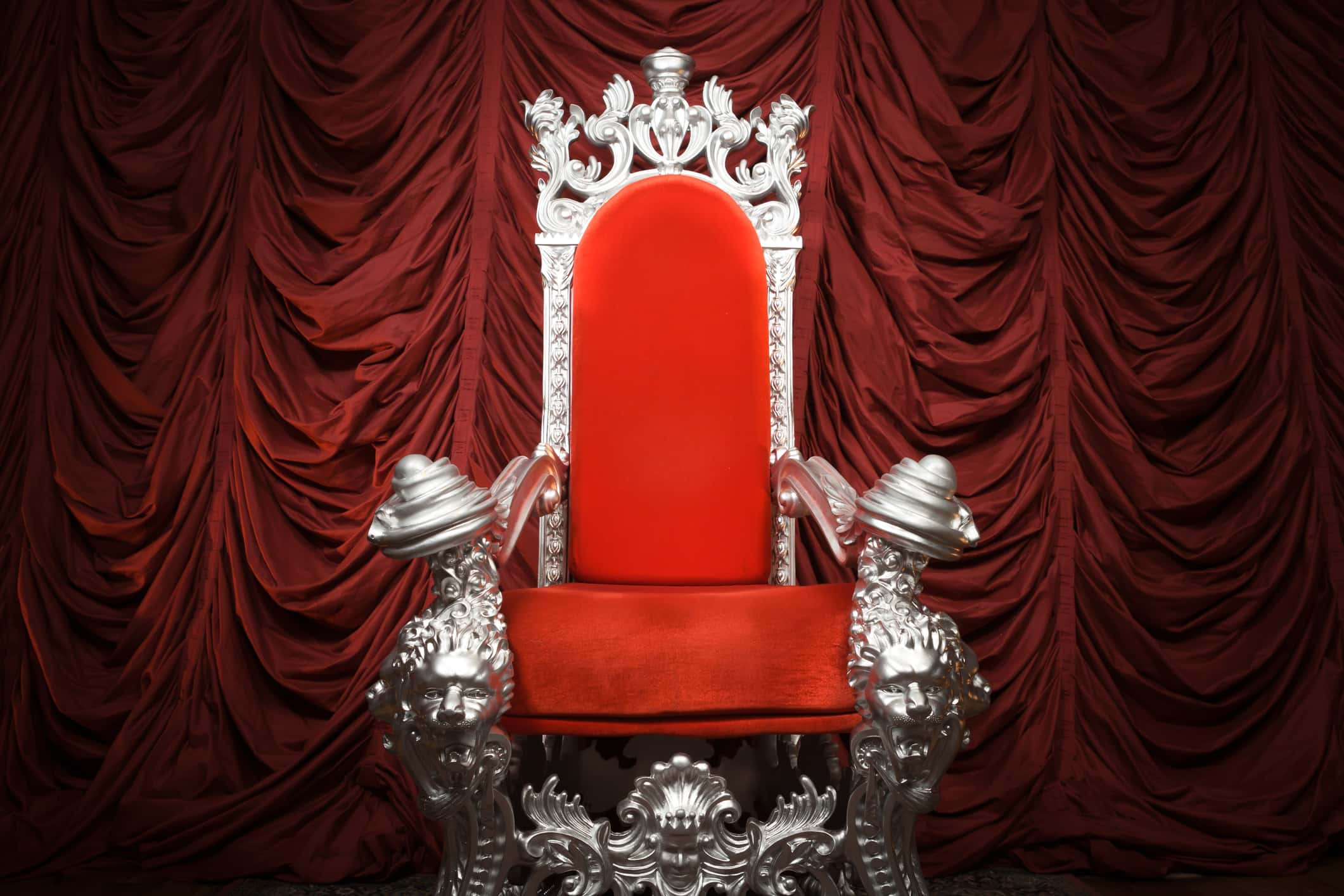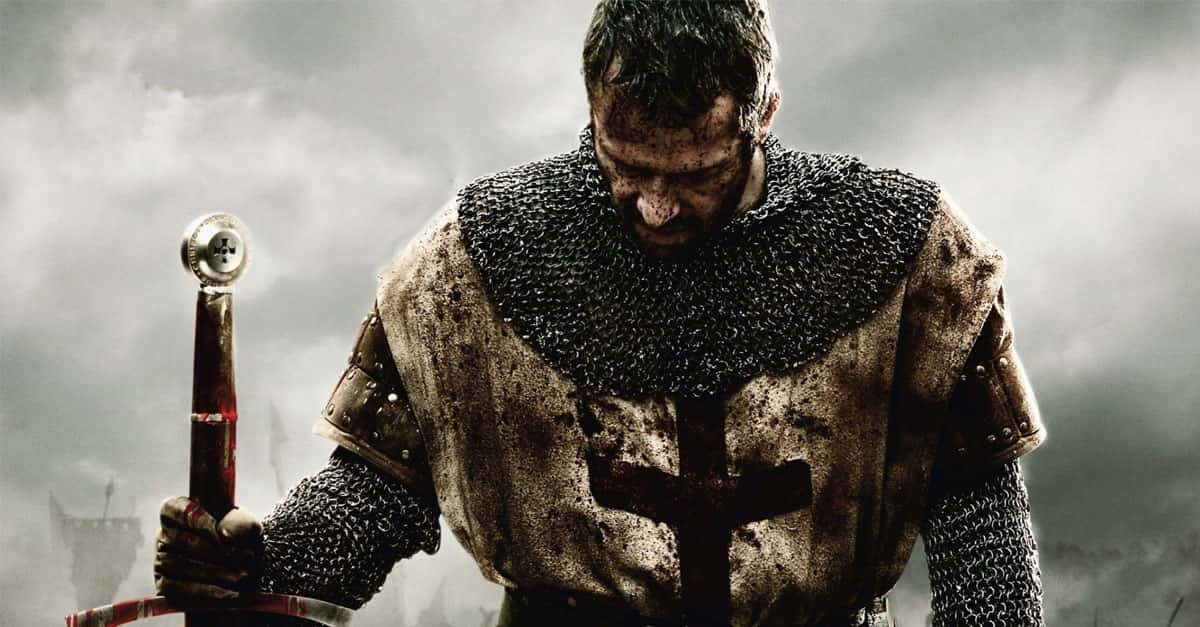More than just that "other" Roman Empire to the east, the Byzantines are one of the world's most significant imperial experiments, and one of history's least understood empires. Let's find a little more about this prolific and successful empire—here are 43 imperial facts about the Byzantine Empire.
Byzantine Empire Facts
43. How Many People Can You Fit?
At the height of the Byzantines under Justinian I’s rule, it is estimated that there were 26 million people spread across the empire and over one million people in the city of Constantinople. This total is estimated to have been a little over 12% of the entire world's population.
42. Monotheism and Empire
The Byzantines influenced the world in many ways, but perhaps most especially they linked universal monotheistic religion to Empire. By creating a close association of church and empire while fighting against Islamic polities, they were able to forge a religious community that the world had never seen before. There were approximately 72 languages spoken throughout their empire, and this was used as a way for Christians to spread their message, as they would create missions in each language.
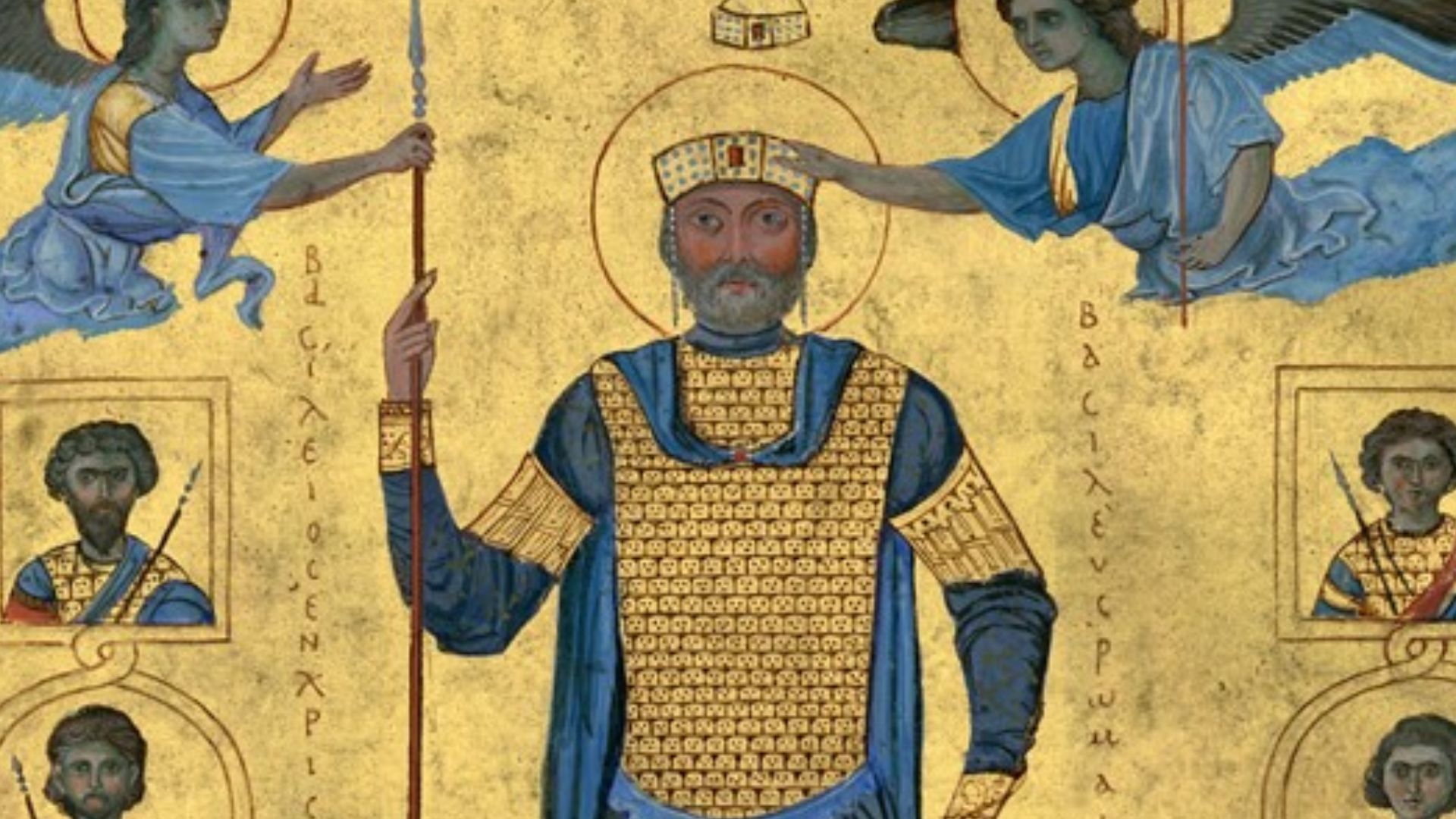 from the Middle Ages, unknown, Wikimedia Commons
from the Middle Ages, unknown, Wikimedia Commons
41. Genesis
The Byzantine Empire was founded by Emperor Constantine the Great in 330 when he moved the Roman Empire to the site of the ancient Greek city of Byzantium and declared it New Rome. The name would later change to Constantinople, in his name, and then again to Istanbul when the Ottomans toppled the Byzantine Empire In 1453.
40. What’s In A Name
The name Byzantium originally derived from Byzas, a Greek citizen. The story goes that before he left Greece, he consulted an oracle on where to found his new colony, to which the oracle replied: “opposite the blind.” Not knowing exactly what that meant, he soon stumbled upon a city on the Bosphorus Strait and interpreted the words to mean the Greeks were blind for not using this superior location.
39. We Are Romans
Contemporary Byzantines referred to themselves as Romans, as they saw their empire as an extension of the Roman empire. Byzantine is as a term that originated in the 19th century.
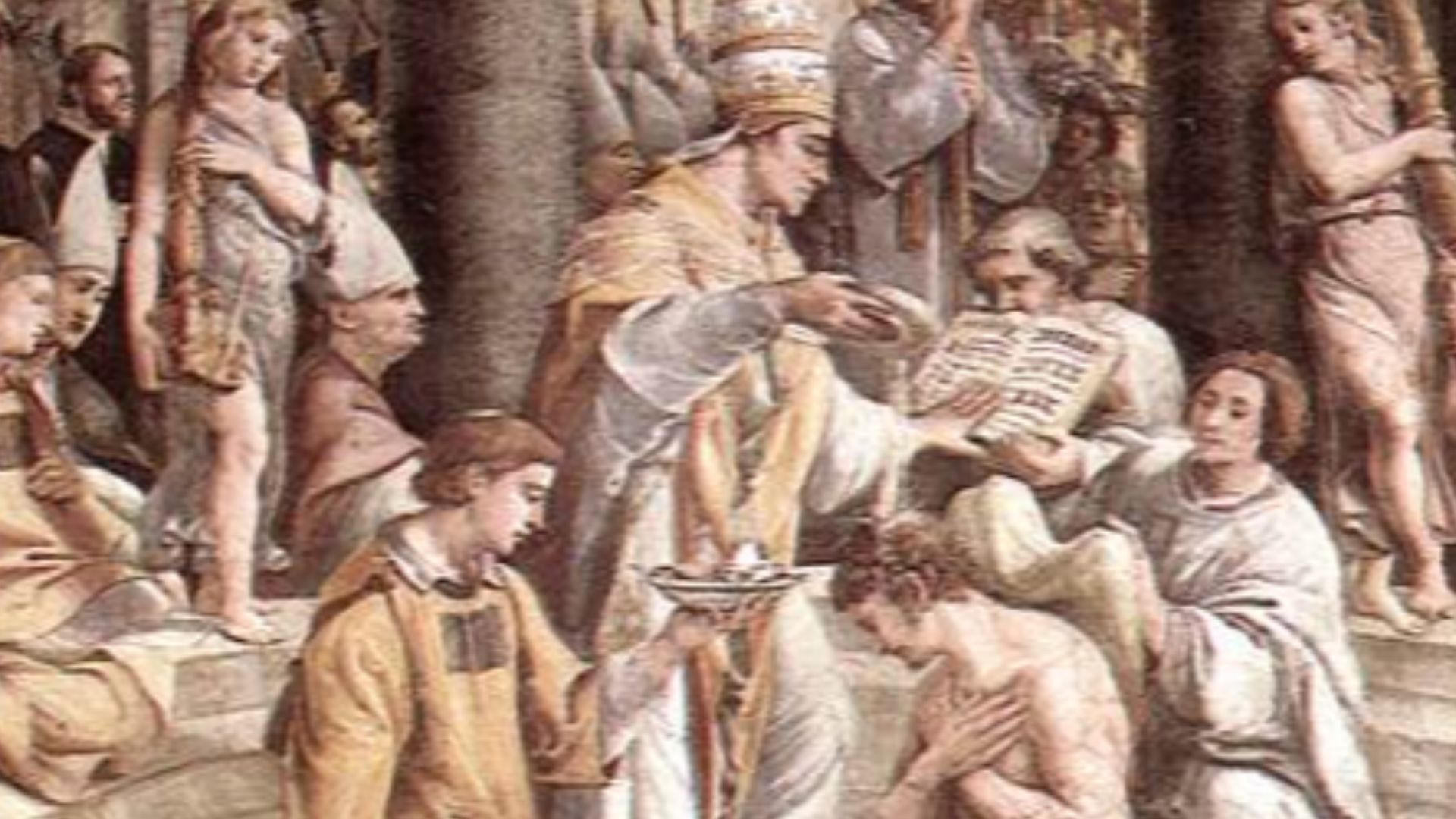 School of Raphael, Wikimedia Commons
School of Raphael, Wikimedia Commons
38. Location, Location, Location
Byzantium was a strategic location on the Bosphorus Strait, which effectively connects the Mediterranean Sea to the Black Sea by way of the Aegean Sea and the Sea of Marmara. It is still a strategic location, and is still one of the most significant straits for oil trade in the world.
37. Home To Christianity
The emergence of Christianity, and its acceptance as a tolerable religion, was one of the major characteristics of the Byzantine Empire. Christianity rapidly spread throughout the empire, and quickly became the main religion of the region.
36. Separation of Church and Church
Two separate cultures and churches formed across the empire, and in 1054 the Great Schism occurred. Two factions of Christianity emerged and split from each other, forming the Greek Orthodox Church and the Roman Catholic Church.
35. Bye Bye, Pagans
While Christianity was spreading and being promoted by multiple emperors, one emperor in particular took it upon himself to ensure Christianity would surpass Paganism. Theodosius I severely persecuted pagans, and even banned the Ancient Olympic Games. Moreover, Justinian I later closed the famous philosophical schools of Athens, the very schools in which Plato and Aristotle taught at centuries earlier.
34. Greeks at Tongue
When the Byzantine Empire began, Latin was the official language of the courts even though Greek was the primary spoken language. A language divide would occur between the western and eastern empire when Byzantine Greek was made the official language of the Byzantines, creating miscommunication between the two regions.

History's most fascinating stories and darkest secrets, delivered to your inbox daily.
33. Tale of Two Empires
The founding of the Byzantine Empire split the Roman Empire into the Western and Eastern Empires. The Western Roman Empire would fall in year 476, but the Byzantines would rule until their fall to the Ottomans in 1453.
32. East v. West
Theodosius I would be the last emperor to rule over both the Eastern and Western Roman Empires before giving his two sons each half upon his death.
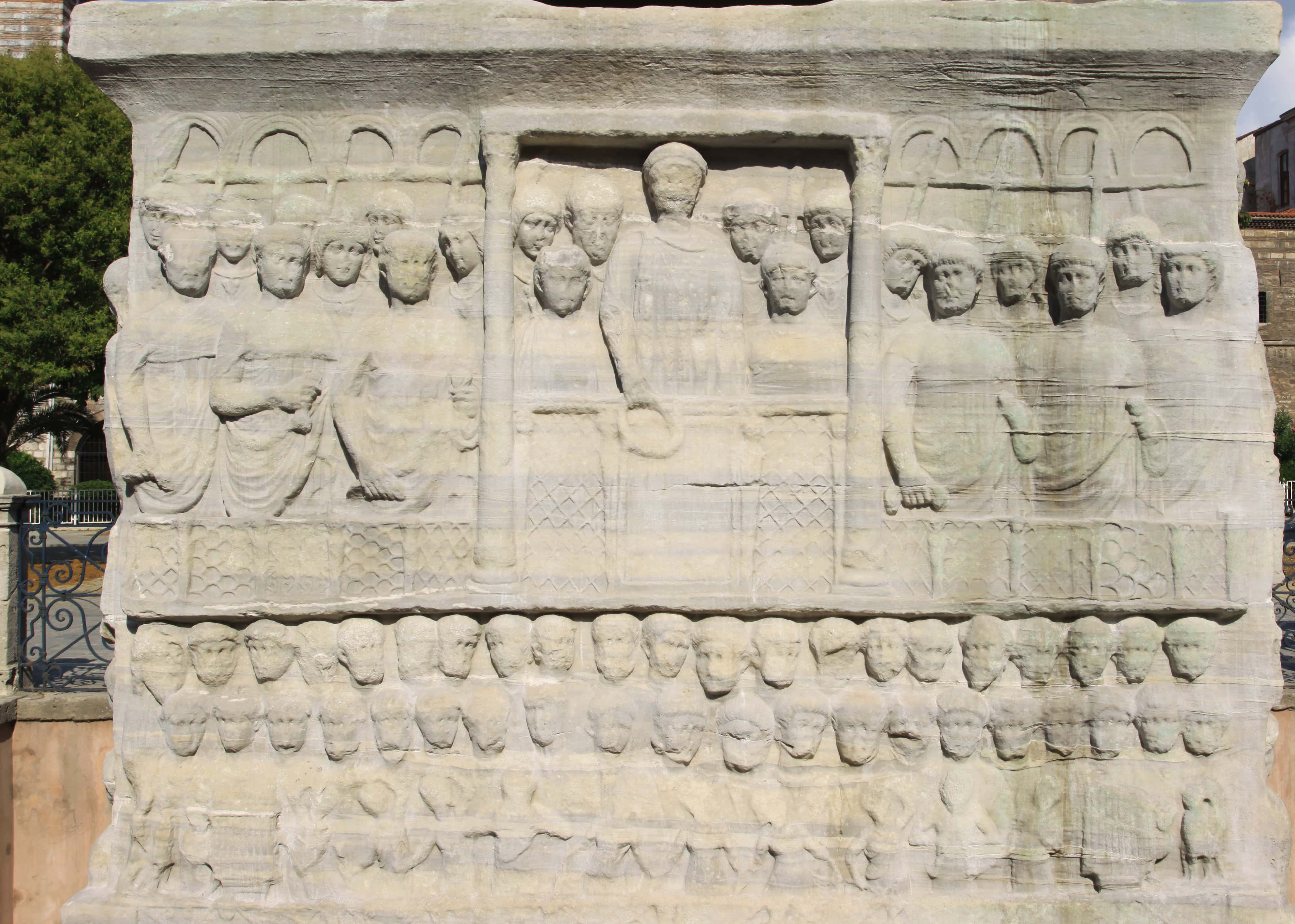 Getty Images
Getty Images
31. Physical Perfection
The Byzantines believed that the emperor had absolute power and that he represented God on Earth. The emperor had to maintain physical perfection or they were not fit to rule.
Constantine XI
30. Slit-Nosed
Justinian II was a despot emperor who hiked taxes upon his citizenry and, once, ordered that the Pope be arrested. When he was eventually overthrown, his nose was cut off as a way to prevent him from gaining power in the kingdom again—remember, emperors were supposed to be physically perfect. Justinian then replaced his nose with a golden replica, earning him the nickname Rhinotmetos (the slit-nosed).
29. Bloodlust
Justinian II was hell-bent on revenge, and after years in exile he finally raised an army of Slavs and Bulgars in 705 and retook the throne, breaking the tradition of only allowing a physically intact ruler. Justinian's comeback didn't last long, however: he grew even more despotic, and was soon deposed in 711.
28. Woman on Top
Irene of Athens became empress (not just consort) of the Byzantine Empire. After serving as Regent, she secured her seat on the throne by blinding (and, as a result, killing) her son. Irene even sometimes went by Emperor instead of Empress in official documents.
27. No Idols
Emperor Leo III set a precedent that would hold influence on Christianity throughout the centuries to come: he banned the use of icons (our old friend Emperor Irene would later lift the ban).
26. No Forks Given
The Byzantines were responsible for merging the flavors of the east and the west. They were the first to use saffron in cooking and the first to flavor lamb with rosemary. But perhaps their greatest legacy remains the table fork, which they introduced to Europe through Italy.
25. Orange You Glad
The Byzantines were also responsible for the introduction many foods, such as lemons, oranges, and eggplant, that would become staples of Mediterranean cuisine.
 Wikimedia Commons, Nina Matthews
Wikimedia Commons, Nina Matthews
24. Thanks, Byzantines
Flavored, aromatic wines were extremely popular and consumed throughout the Byzantine empire. Flavored soft drinks were also popular, and were drunk during days of fasting. These flavored drinks were the early ancestors to absinthe, vermouth, and ouzo.
23. Sacred Bread
Bakers were put on a pedestal by the Byzantines. As a way to prevent any possible interruption of the baking of bread, bakers were never required to contribute to public service. Not a bad gig.
22. Old Saint Nick
St. Nicholas (and what we now refer to as Santa Claus) can be traced back to the Byzantines: St. Nicholas called the empire home, and was born in the ancient town of Myra near modern day Demre, Turkey.
21. Golden Empire
During the height of their reign, the Byzantine empire had one of the most powerful economies in all of Europe thanks to their organized infrastructure, which took advantage of their critical location to build a strong and lucrative economy.
20. Byzantine Law
In the 38 years of Justinian I's rule, Constantinople flourished into one of the richest cities in the world. Justinian I was also responsible for codifying Roman law, which would be enforced for the centuries to come and shaped the modern concept of the state. He also built one of the most incredible churches in the world, the Hagia Sophia.
19. A Dying Language
Justinian I was also possibly the last Emperor to be a native speaker of Latin.
18. One-Eyed Jack
The second-longest reigning monarch of the Byzantine Empire was Basil II, who ruled for 49 years. The most notorious story about Basil was that after his destruction of Bulgarian forces at the Battle of Kleidion, he took 15,000 prisoners. Of these prisoners, he blinded 99 out of every 100 men and left one one-eyed man in each convoy to lead the rest back to their ruler.
17. Set The World On Fire
The Byzantines unleashed a serious force on the world of warfare with their use and implementation of “Greek Fire.” This incendiary weapon was used in naval battles by firing a mixture of flammable ingredients out of tubes from the ship’s prows. The ingredients were kept as a government secret, and we still don't know the chemical makeup of Greek Fire.
16. Friendly Fire
These prototypical flamethrowers helped to guard the empire for centuries, but Greek Fire was first used on the Byzantine Empire's own people. During a rebellion early in the empire’s history, Emperor Anastasios I fired it on his own soldiers to quell the uprising.
15. No Winter For Old Soldiers
Emperor Maurice was another Byzantine ruler deposed by force. A competent ruler, Maurice's ultimate downfall was his inability to judge the popularity of his decisions. One in particular stands out: he ordered his front line troops on the Danube to take the offensive during wintertime, rather than taking shelter. This led to a military coup, which would end with Maurice's execution. Before his death, however, he was forced to watch as his six sons were executed.
14. Saved By The Byzs
Lost in the shuffle of empire is the cultural impact of the Byzantines over the development of the modern Western world. The Byzantines were responsible for preserving much ancient Greek literature and maintained centuries-old traditions that otherwise would have been lost through the sands of time.
13. Last Library
The Imperial Library of Constantinople was the last of the great libraries of the ancient world, lasting almost for the entirety of the empire’s reign. It was founded by Constantius II, continuing the work of his father Constantine the Great, in order to preserve the ancient Greek texts.
12. The Shield
Modern scholars now refer to the Byzantine Empire as the "Shield of the West," because besides maintaining all of the western cultures through their reign, they also protected the very foundations of western culture against repeated attempts of Islamic invasion.
11. Platonic Savior
During the decline of the Byzantine Empire, there was one man who advocated for a classic Greek revival. Georgius Gemistus was a Neoplatonic philosopher who was responsible for introducing classic Greek philosophy to medieval Europe by presenting Plato’s ideas at the Council of Florence in 1438-1439, which led to the Latin translation of Plato’s works for the first time.
10. Giants and Jets
During the Roman Empire, chariot racing was as popular as the gladiators. Chariot racing was divided into four factions: the Reds, Greens, Whites, and Blues, which produced a fervor of support from the population. During Byzantine rule, there were only two factions left, as the Greens absorbed the Reds, and Blues absorbed the Whites. Originally, these factions were only involved in sports but soon moved into the political arena. The races took place at the famous Hippodrome, which was so significant it was built directly adjacent to the imperial palace and was connected to it by a passageway.
9. Golden Standards
By operating on a gold standard, the Byzantines were able to build a fabulously wealthy empire while maintaining a monopoly over Europe’s currency. However, overtime emperors began to deflate the value of their gold coinage and implemented periods of inflation, which would eventually lead to an abandonment of gold for silver.
8. Take Me To The Mountain
The Byzantine army was used as a police force, and the state was partitioned into military districts. One of the more interesting functions of the military was their alarm system. In times of trouble, a district would bring fire to the top of mountain peaks to warn their neighbors of potential danger. This would spread throughout Asia Minor, traveling throughout the country as a network of lit mountain peaks.
7. Feudal State
The Byzantine Empire was known for its wealth, but the majority of its population were poor peasant workers who farmed the countryside or worked in domestic capacities for different estates or project sites.
6. The Nature of Christ
One of the most divisive religious movements to come out of the empire was that of Monophysitism. These followers believed Jesus was the son of the Holy Trinity and was one divine being, rather than encompassing a duality of human and divine. This stance contributed greatly to the Great Schism.
5. Lingua Franca
Almost every known language in the Middle Ages was spoken in the Byzantine Empire at one point.
4. Fourth Crusade
As the Byzantines became further estranged from the Christians of the west, and the Crusaders shocked the east with their brutality, political reconciliation became almost inconceivable. However, it wasn’t until the fourth crusaders sacked Constantinople in 1204 that the division between the east and the west would be sealed. While the Byzantine Empire was able to recover from multiple periods of attacks on their imperial reign through the years, this would prove to be the beginning of the end. The empire would fluctuate in dilapidation until the Ottomans seized the capital in 1453.
3. Religious Migration
When Vladimir the Great established his rule over Kievan Rus’, he converted to Christianity and Christianized the Rus in an attempt to consolidate power through a state religion. The Byzantine Empire was the example of Christianity that Vladimir was impressed by, and he used their empire as an example of how to create his own. Eastern Orthodox was thus set as the national religion and maintained a foothold in what would become the Russian Empire long after the fall of Byzantine Empire.
2. Byzantine Cultural Heritage
Religion wasn’t the only influence the Byzantines had on the Russian Empire. As the Rus’ developed, they transformed their cities in the style of the Byzantines. They recruited all sorts of tradesmen, including architects, painters, and smiths, to construct projects in the cultural repertoire of the Byzantines.
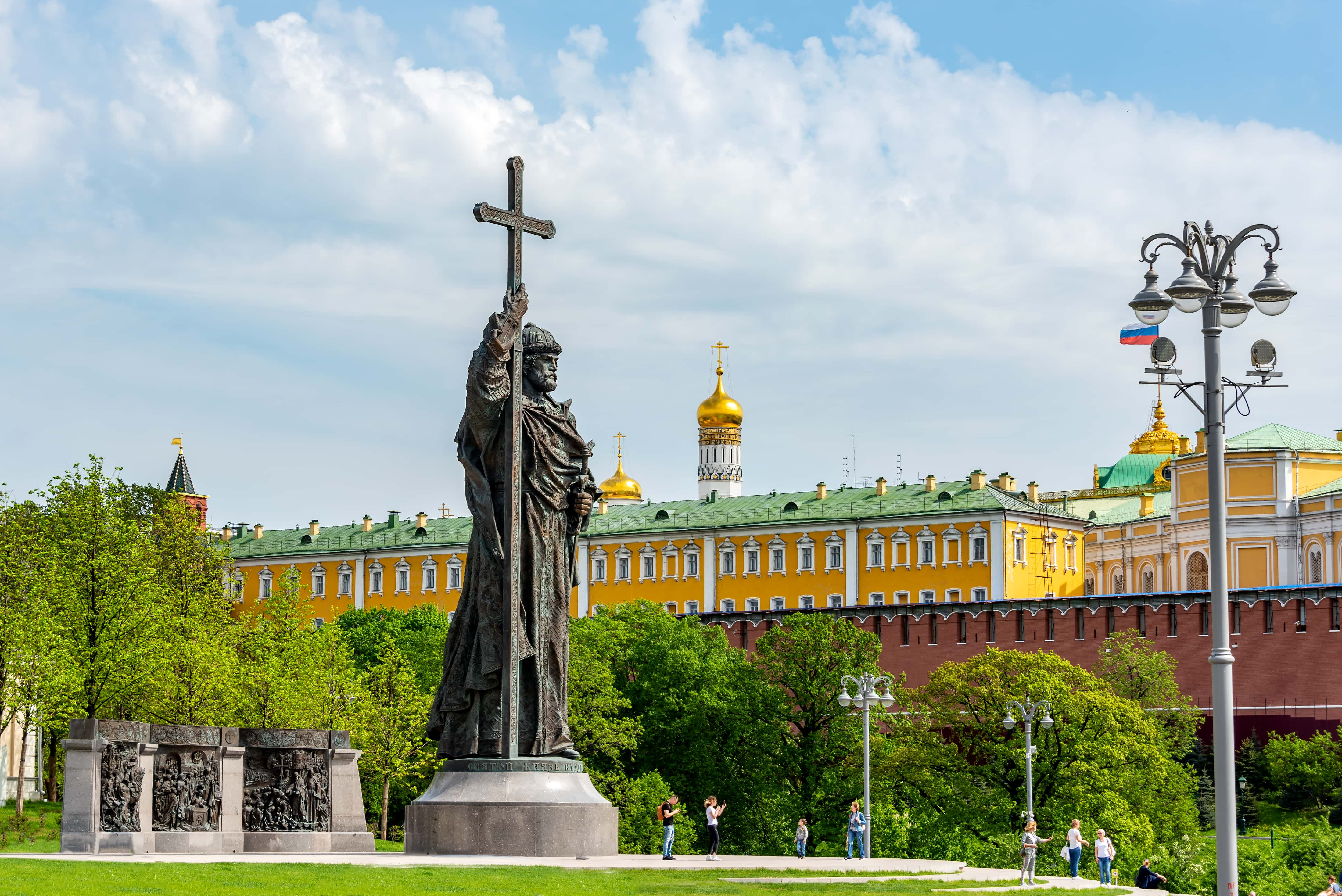 Shutterstock
Shutterstock
1. Every Family's Got One
When Emperor Justin II lost his mind, he began a brutal and psychotic rampage where he would bite his servants and even eat them, according to some reports. His servants would try and distract him from these fits by putting wheels on his throne and speeding him around the palace. Hey, it wouldn't be an empire without a mad ruler or two!
Sources: 1, 2, 3, 4, 5, 6, 7, 8, 9, 10, 11, 12, 13, 14, 15, 16, 17, 18, 19, 20, 21, 22, 23, 24, 25, 26, 27, 28, 29, 30, 31

